We’ve had a busy month. We were almost ready to post this a couple of weeks ago, and then our friends/crew, Megumi Ishiyama & Curt Feldman from Osaka, Japan (formerly from Hawai’i) joined us and then we didn’t spend any real time working on our laptops. This post covers the final month of our time in Scotland (prior to crossing the North Sea to Norway).
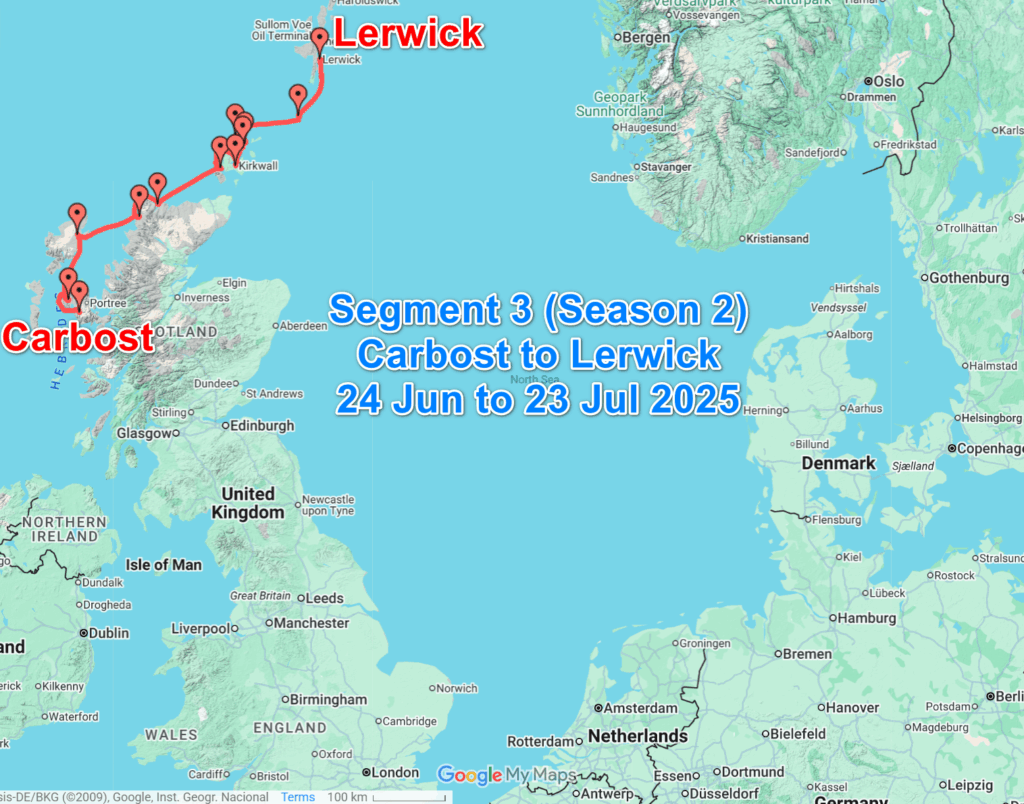
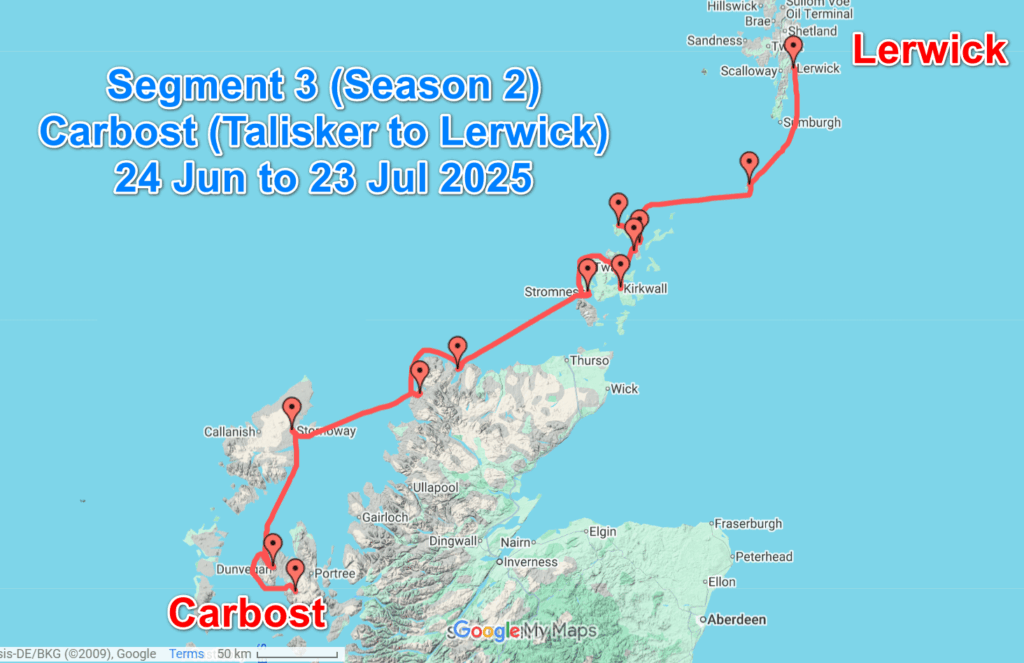
Dunvegan, Isle of Skye
We departed Carbost/Talisker and sailed to the west side of the Isle of Skye. Dunvegan Castle near the head of Loch Dunvegan was a lovely anchorage that was our “jumping off point” for Stornoway in the Outer Hebrides. We didn’t go ashore (about $35 USD per person to visit the castle), but we enjoyed the scenery during a quiet night on anchor.
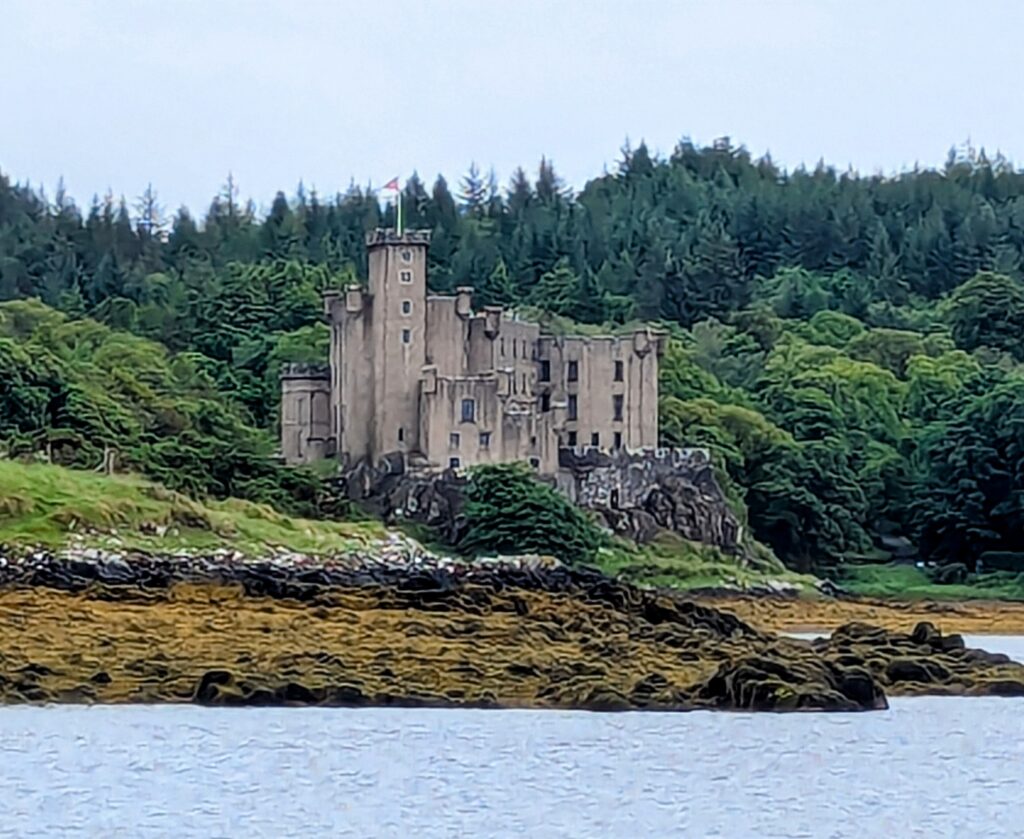
Stornoway, Isle of Lewis, Outer Hebrides
Stornoway was our only port in the Outer Hebrides. We had hoped to explore more of the Outer Hebrides, but weather limited our options and our time was short because we had to get up to Stromness in the Orkney Islands to meet up with friends who were joining us on July 3.
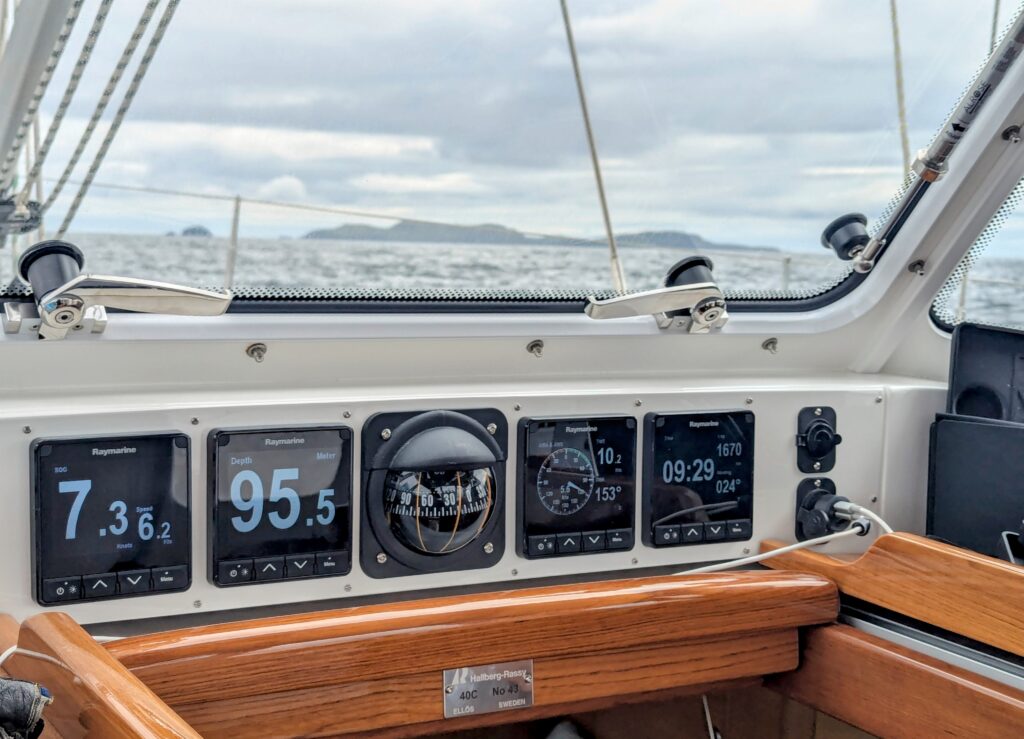
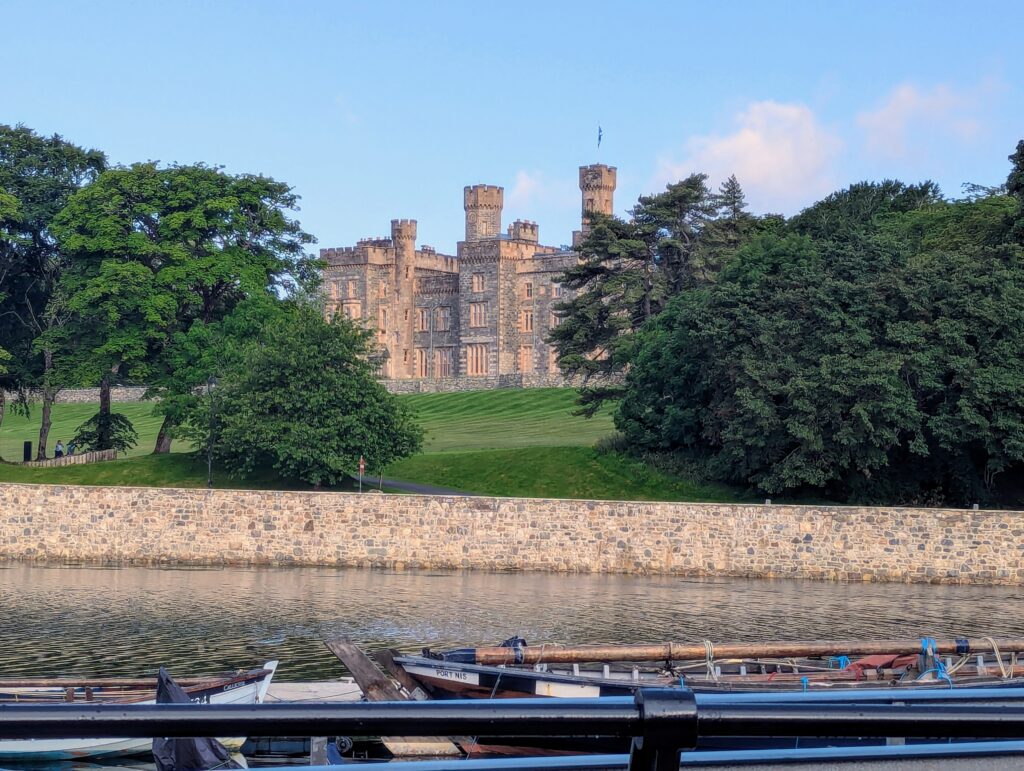


Because the tidal range was about 10 feet, we had to time our approach to the fuel berth before leaving Stornoway. We also had to carefully line the boat up with the pilings so we didn’t damage Hokukea.
Loch A’Chadh-Fi, Loch Laxford
Leaving Stornoway, we headed back to the NW corner of the Scottish mainland to stage our sail to the Orkney Islands. Dolphins played alongside Hokukea for a while, and we also saw a whale spout (later learned it was probably a minke whale).
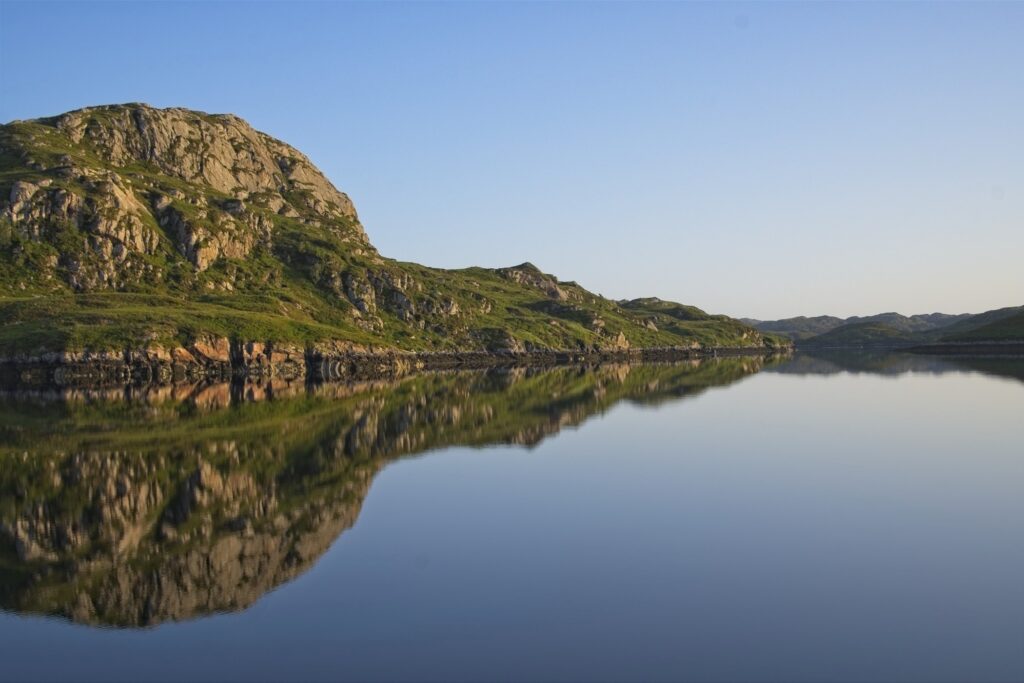
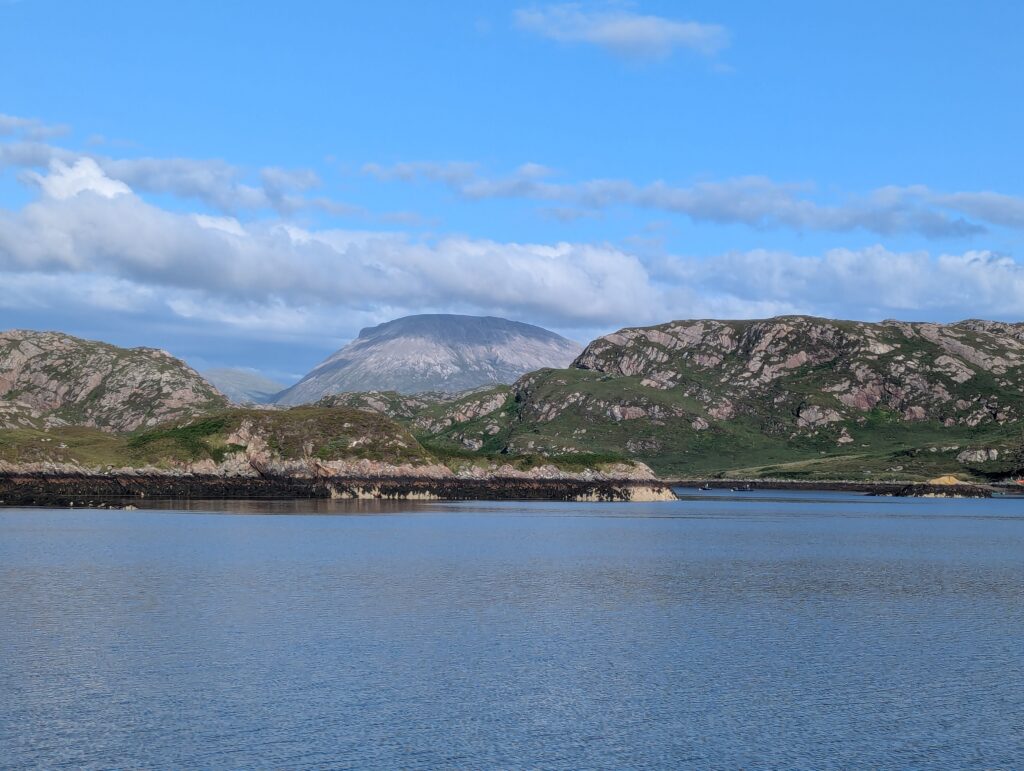
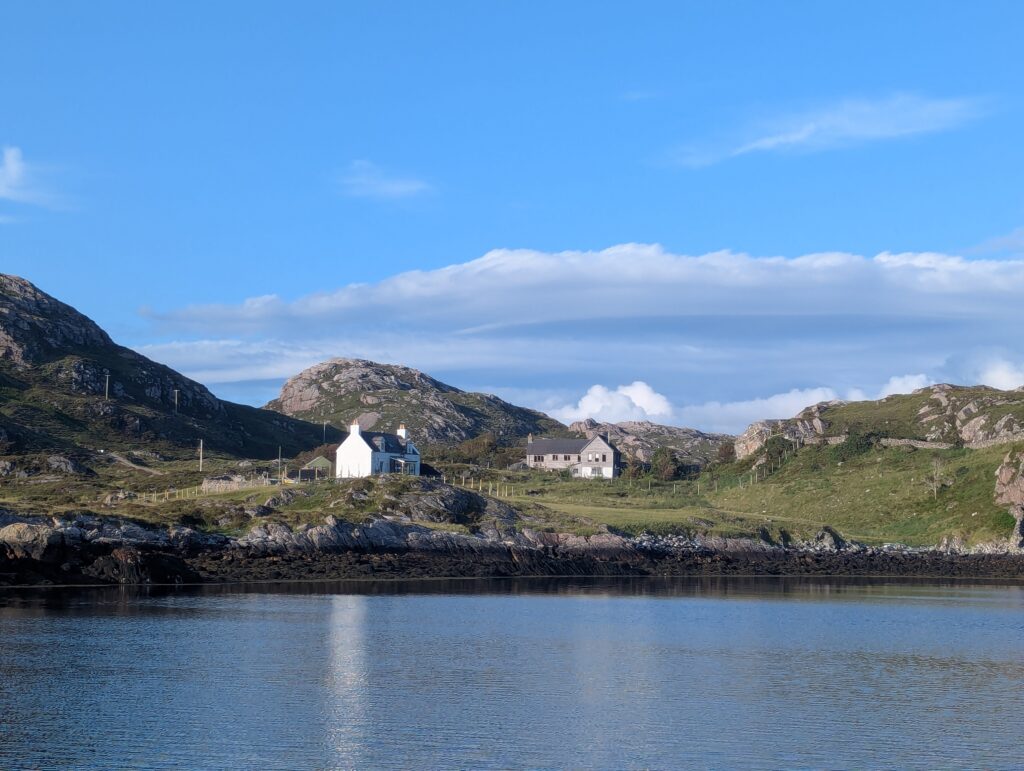
Loch A’Chadh-Fi in Loch Laxford was our first anchorage when we got back to the NW side of the Scottish mainland. The NW side of Scotland is part of the Scottish Highlands and was strikingly beautiful.
Rispond Bay, Loch Eriboll
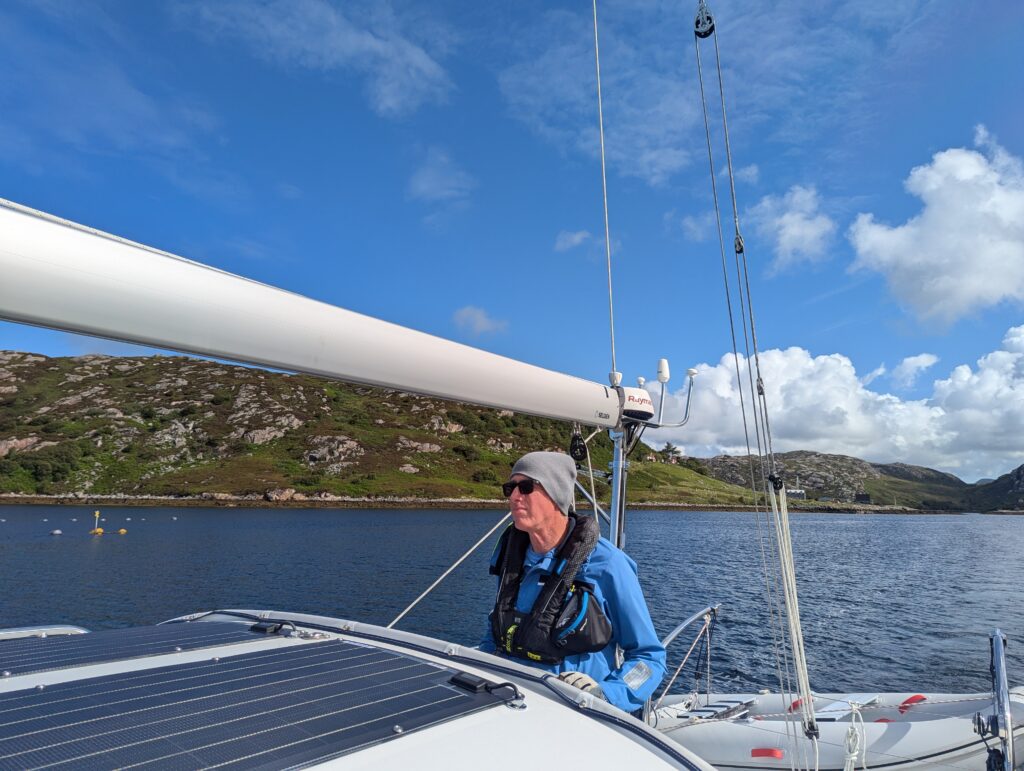
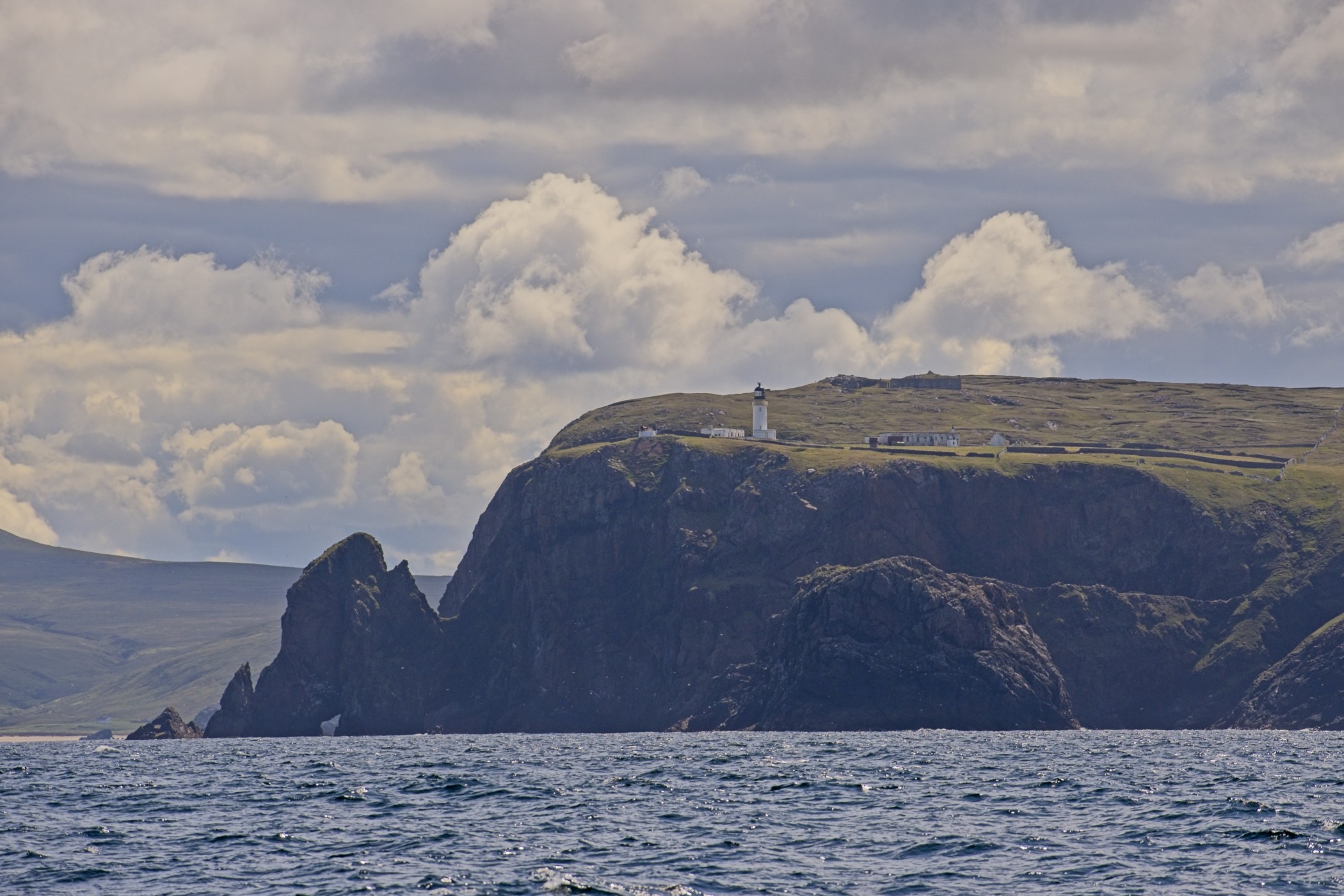
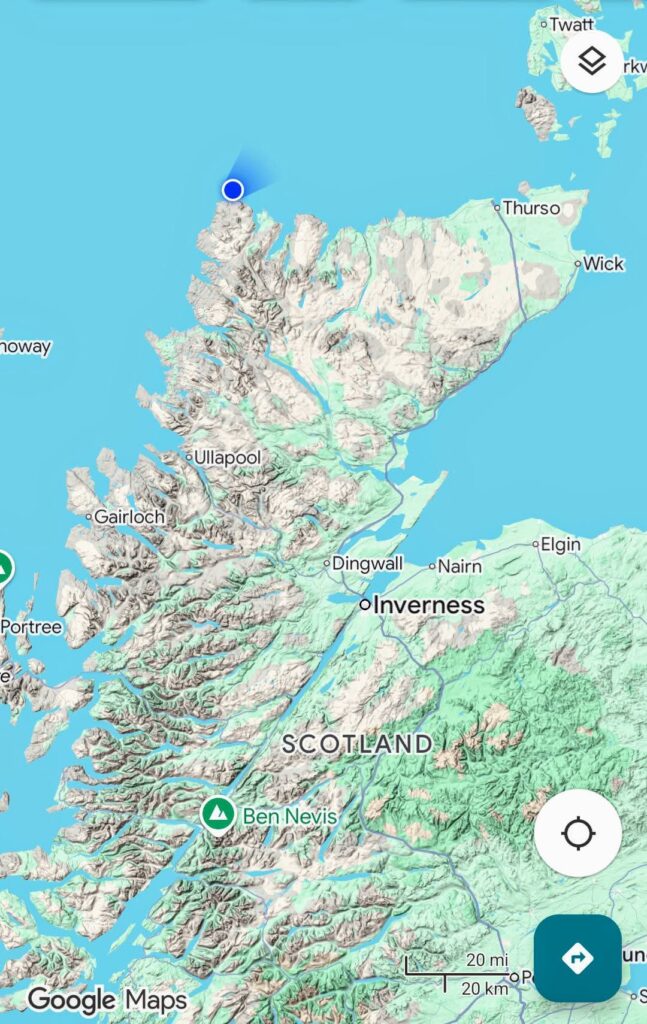
Our last stop on the Scottish mainland was Rispond Bay, just inside the entrance Loch Eriboll. We anchored here as our launching point for sailing north to the Orkney Islands.
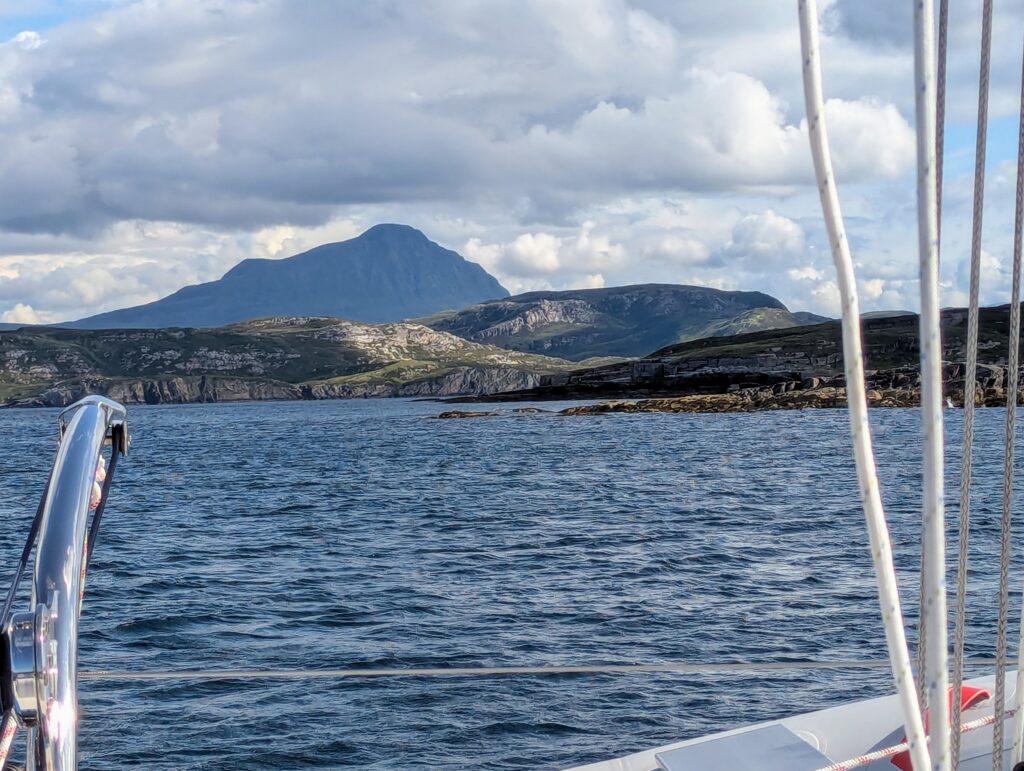
Orkney Islands: Stromness & Kirkwall
In 2024 we crossed the North Sea from Norway and arrived in Scotland in Kirkwall, Orkney Islands. We found Kirkwall to be a quaint and interesting town, and since then, we have looked forward to returning to the Orkney Islands and exploring more of its islands.
This year we entered the Orkney Islands at Stromness, a town of about 2,500 people on the SW corner of the Orkney Islands. Entering Stromness required timing our passage to avoid strong outgoing currents as we headed east into the large bay outside of Stromness Harbour.
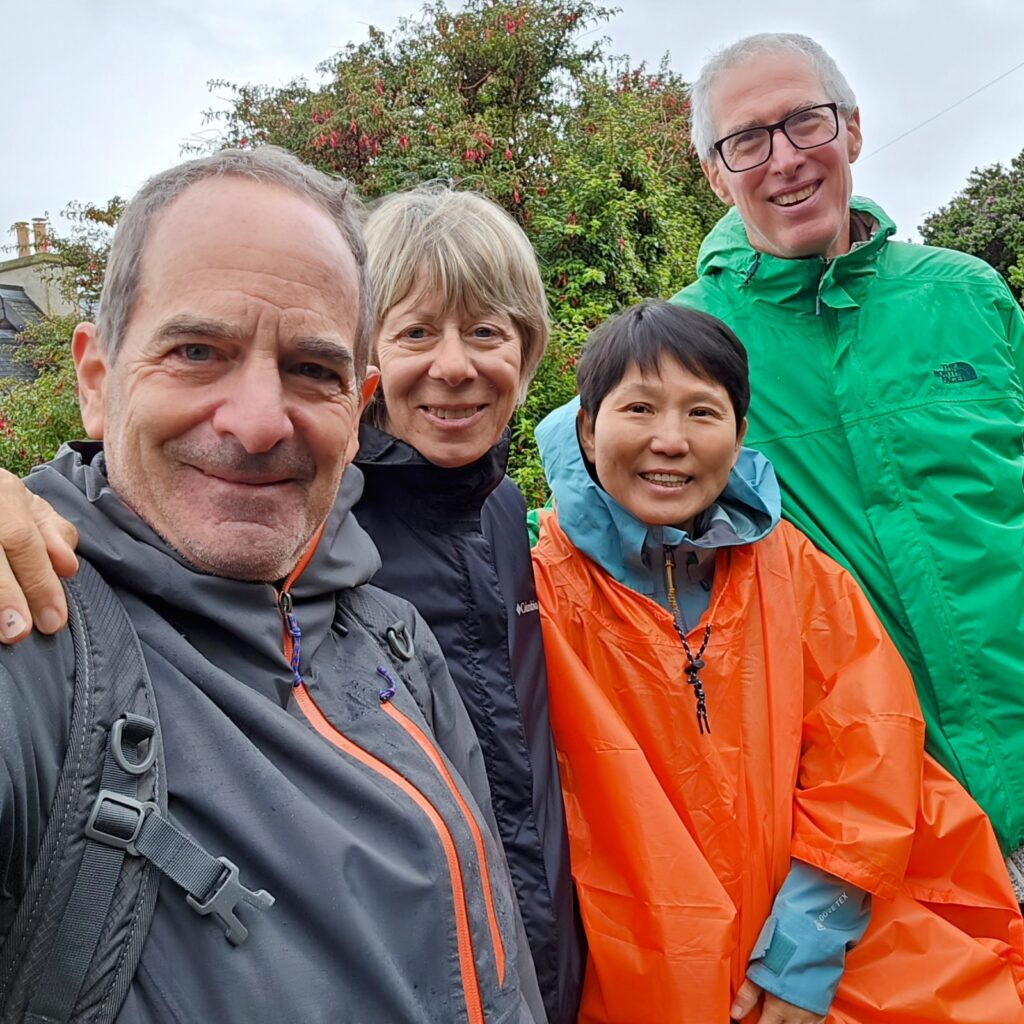
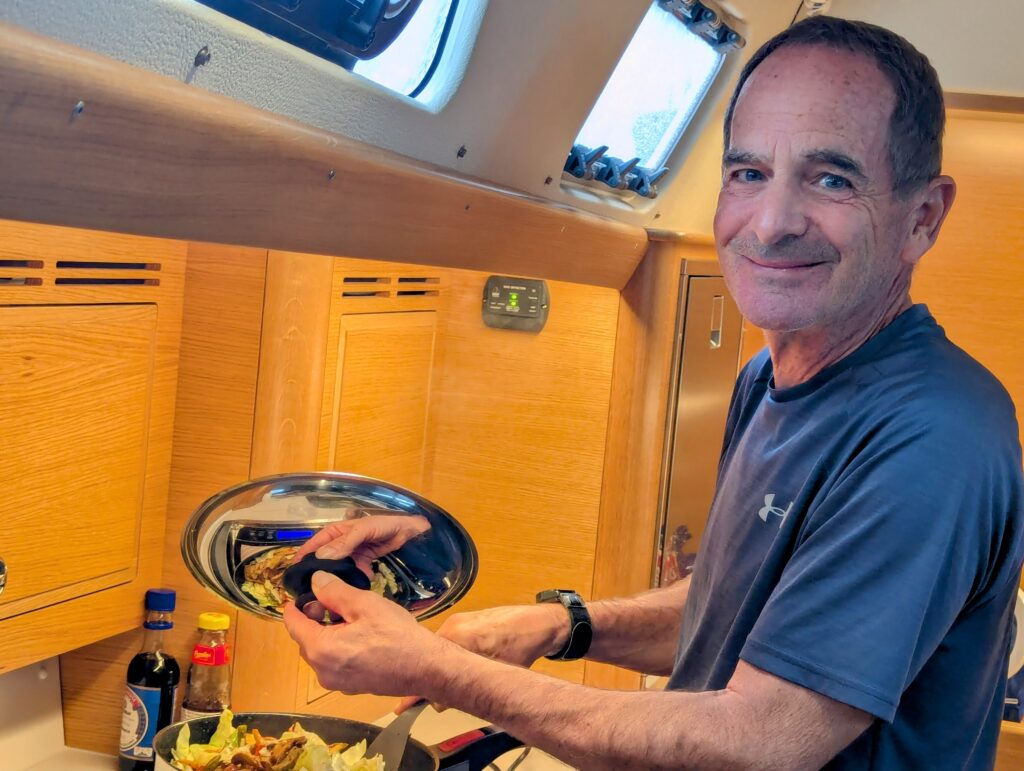

Our crew are experienced sailors, so they wasted no time at all in taking on duties aboard Hokukea.
After a couple of days in Stromness, we sailed around the west side of “Mainland” Orkney to Kirkwall.
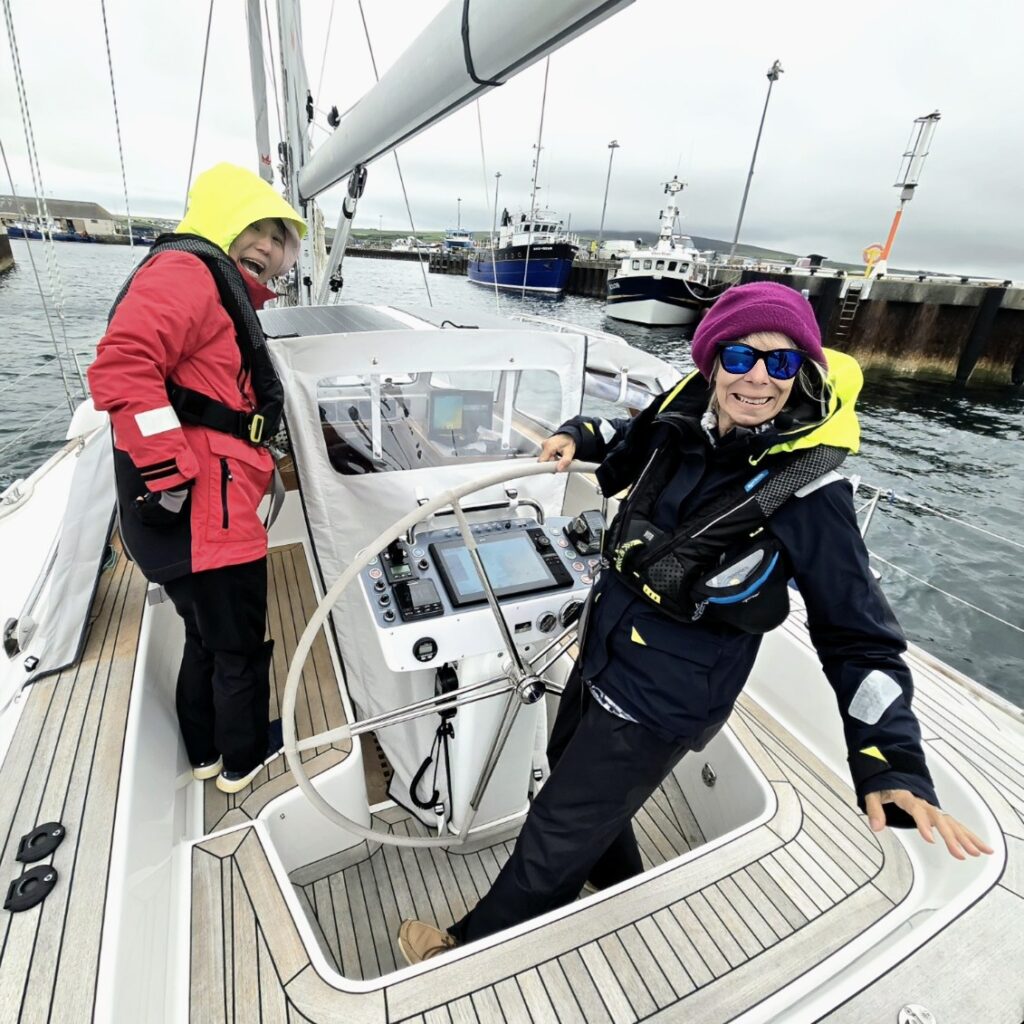
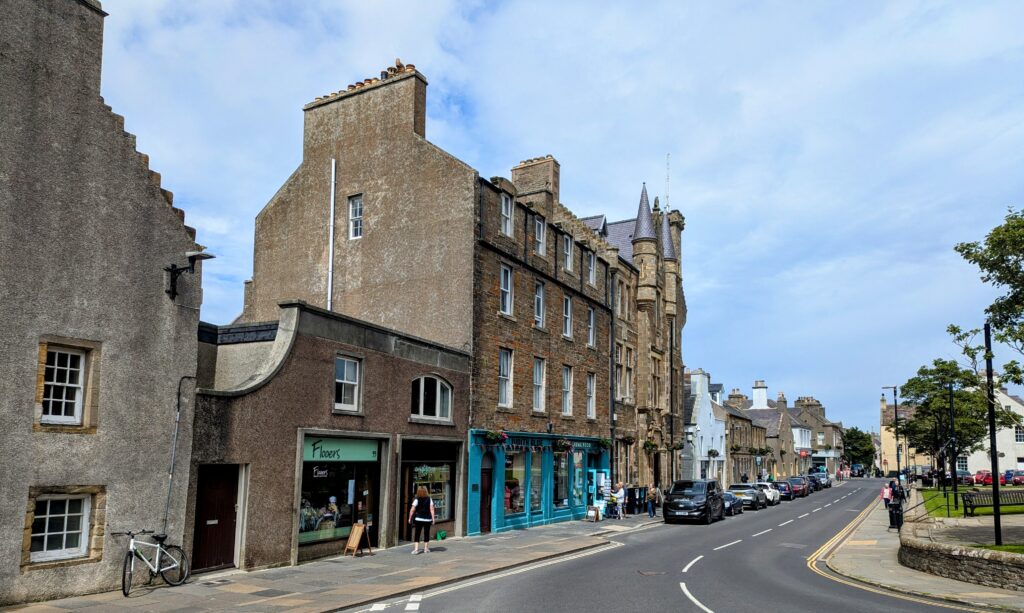
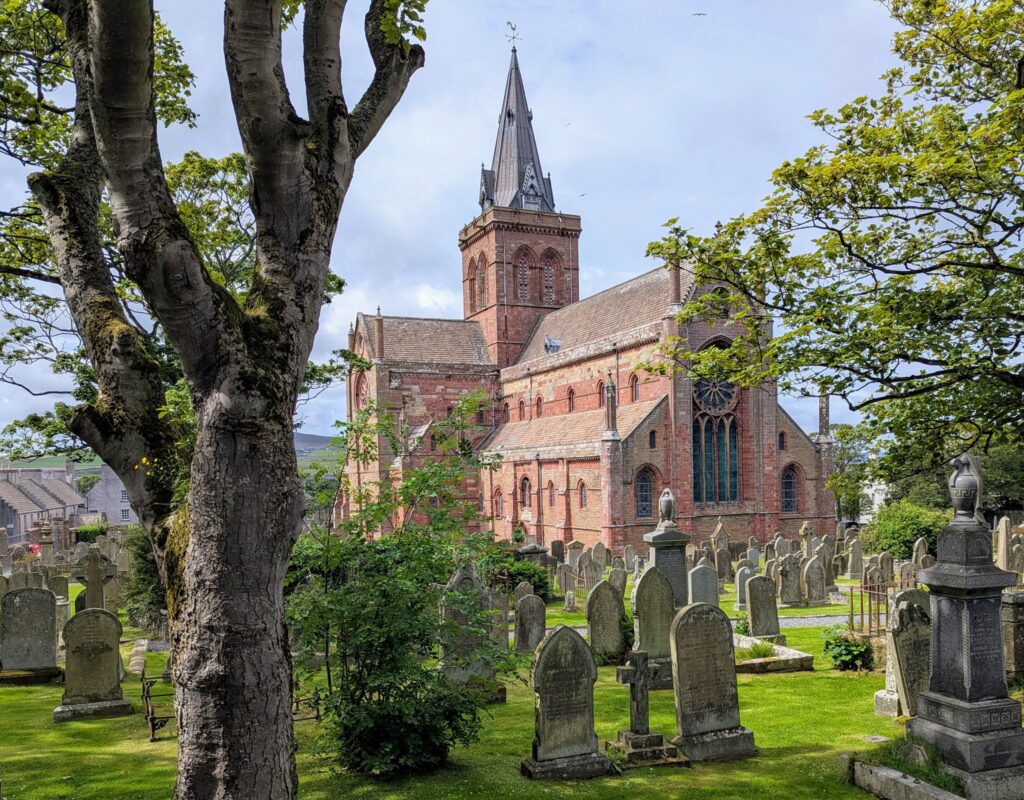
Orkney Islands: Eday & Pierowall (Westray)
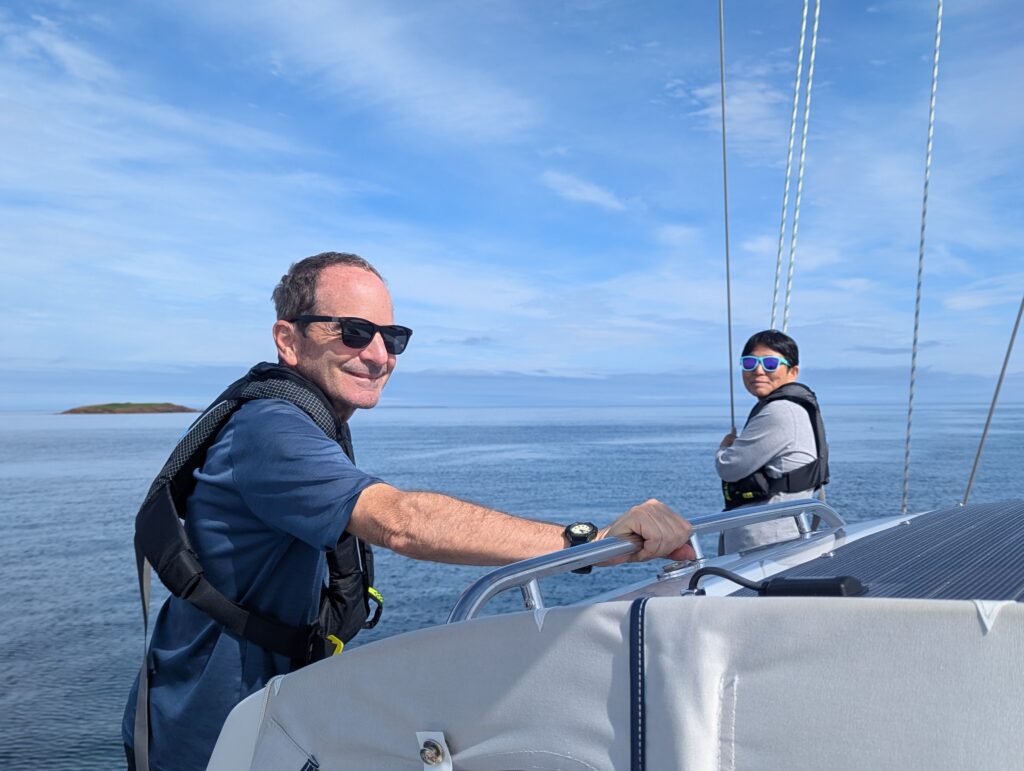
Motoring on a light wind day to the Isle of Eday. We stayed at two very pretty anchorages on this island.
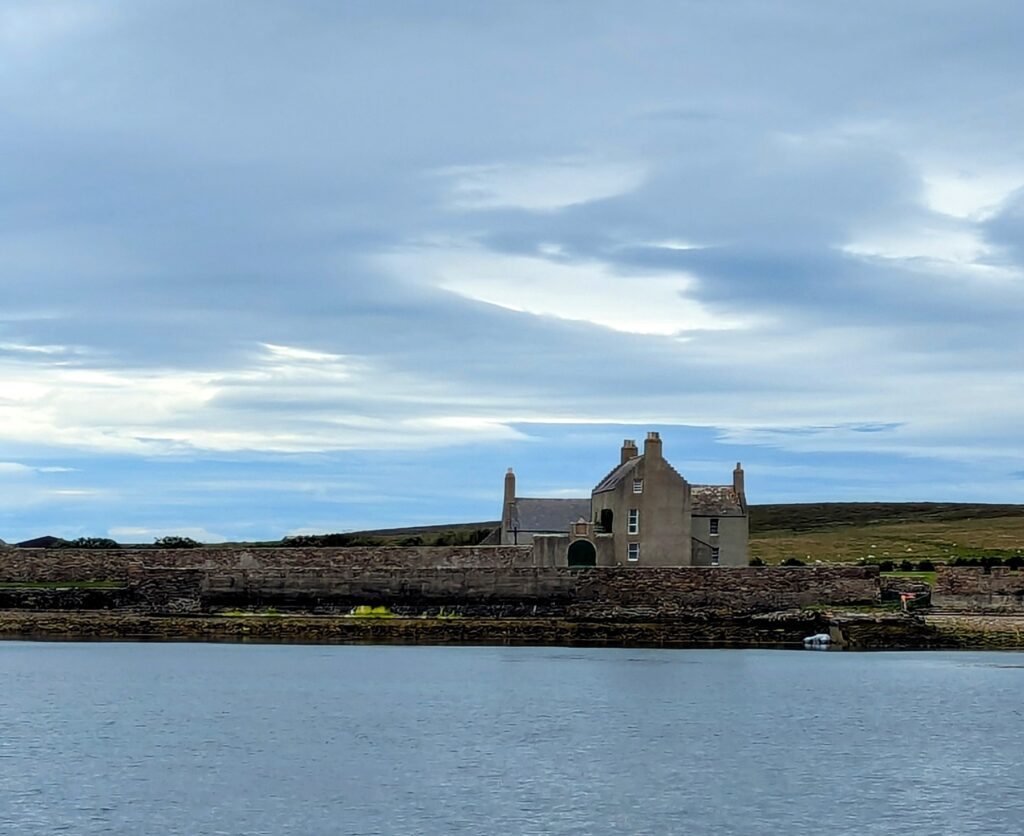
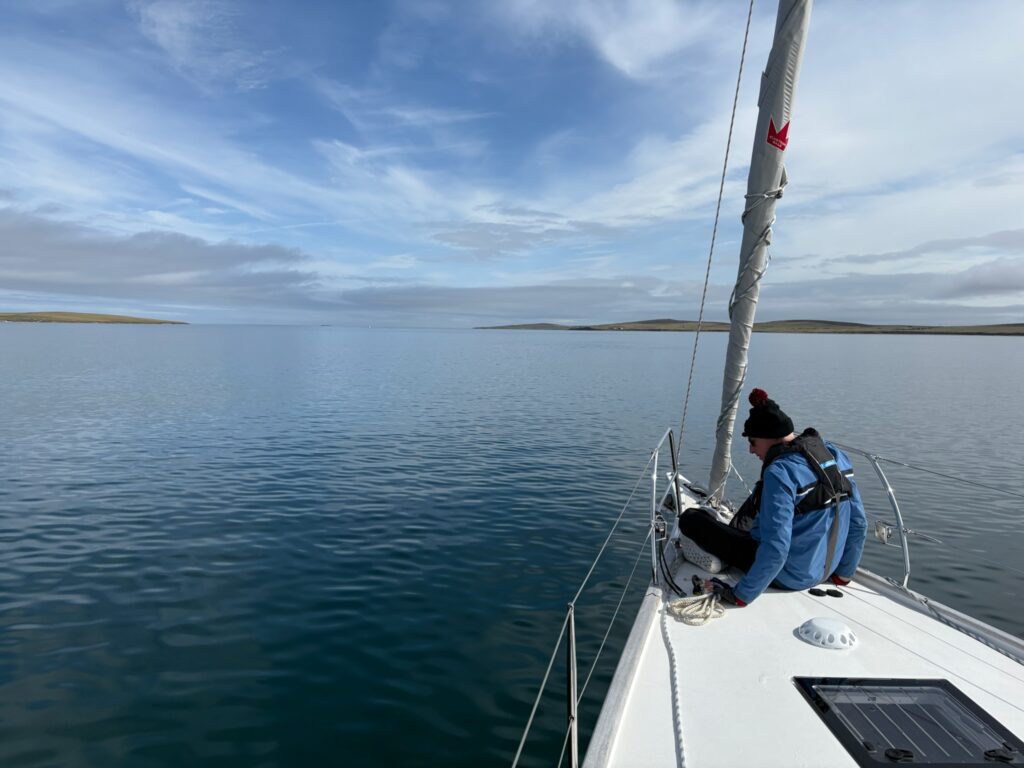
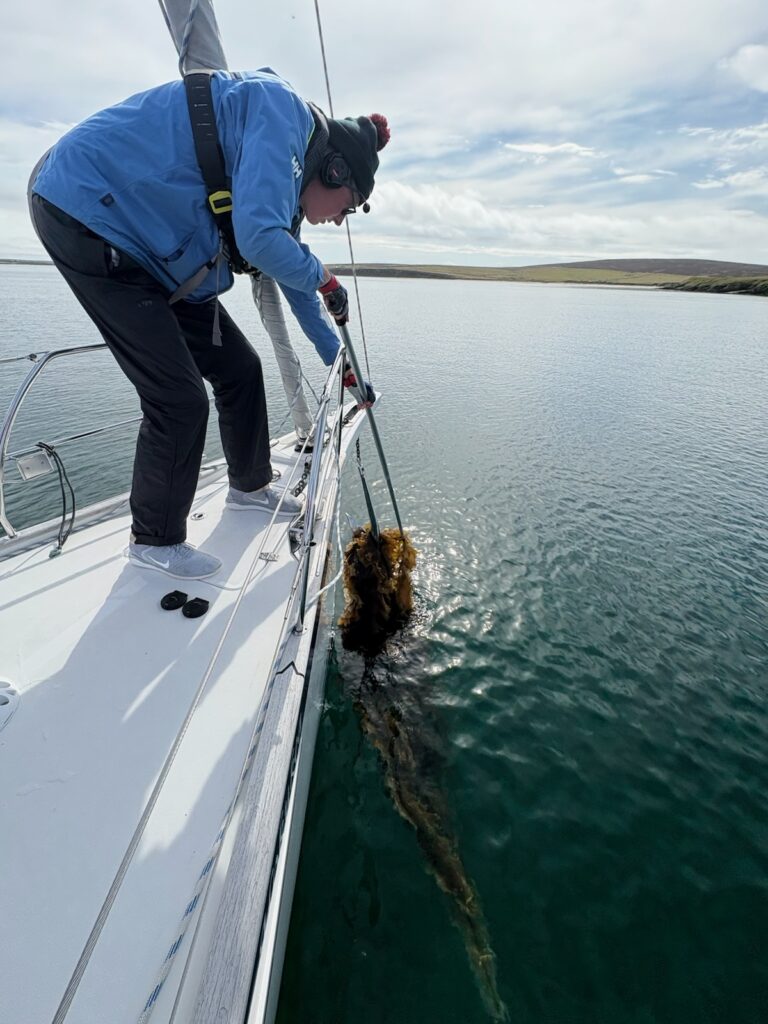
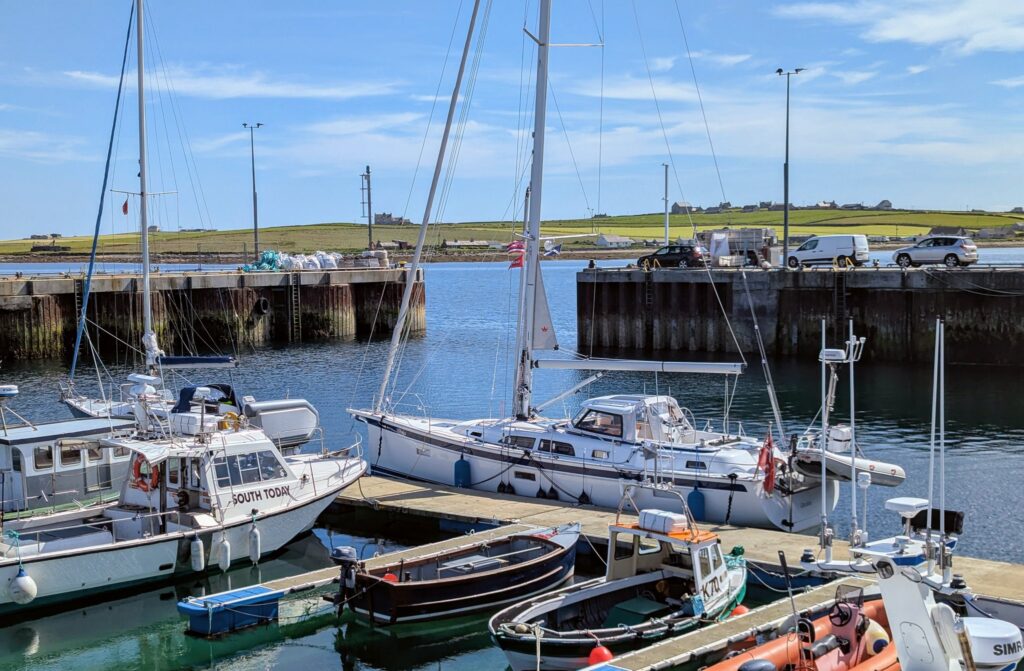
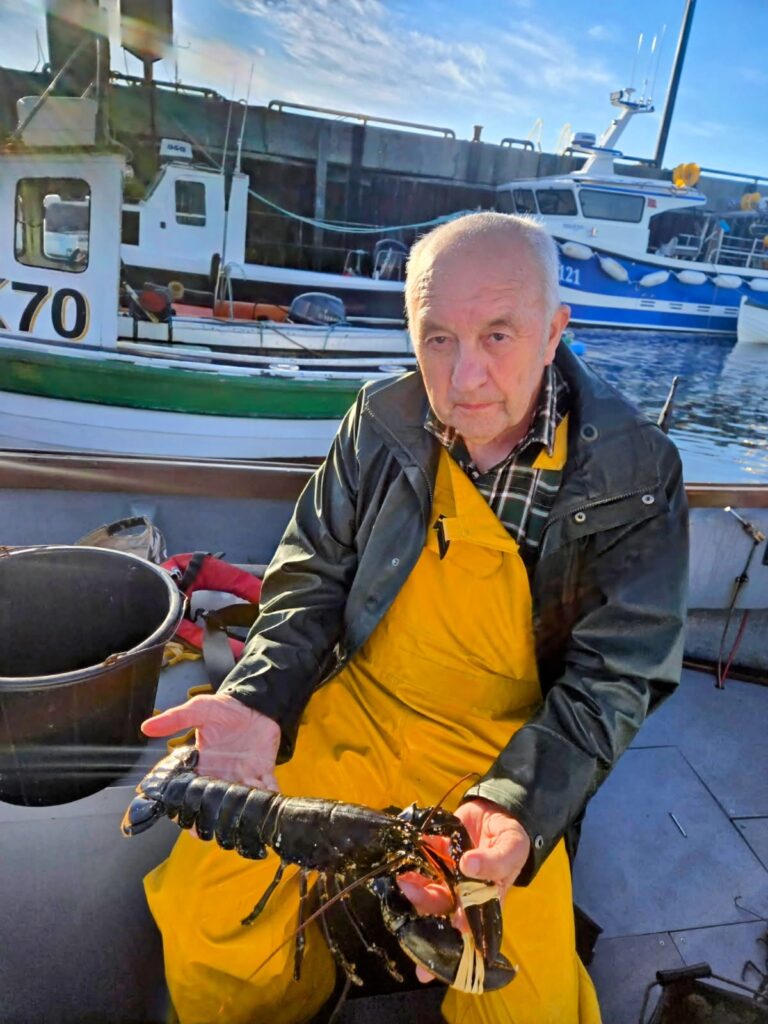
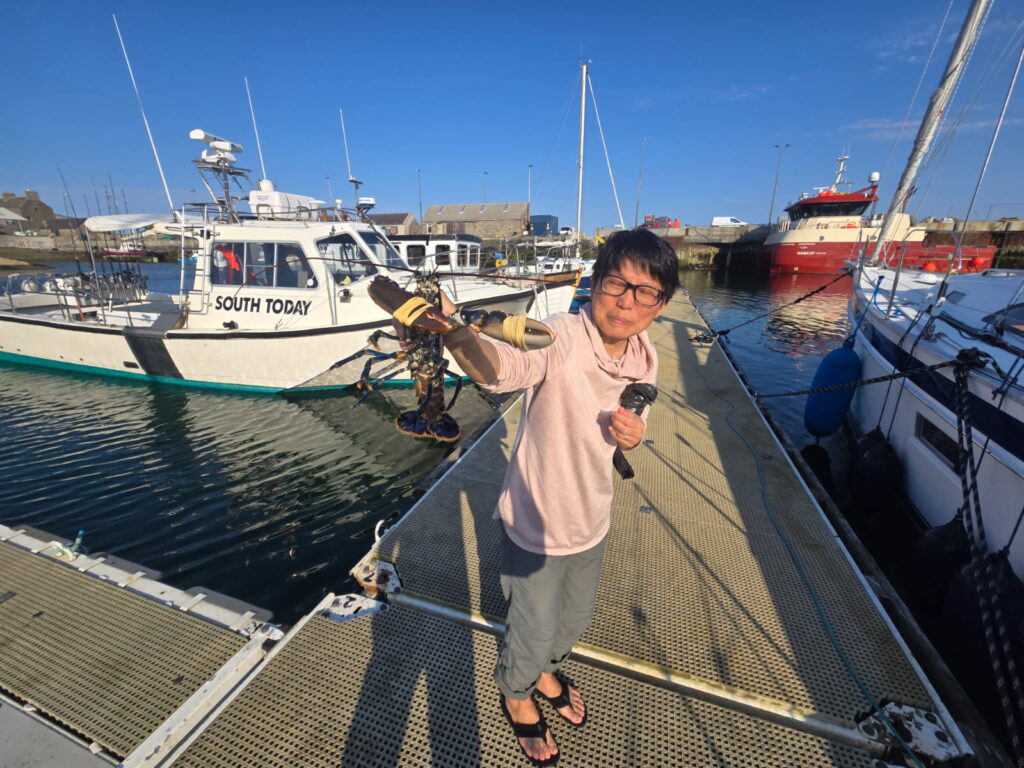
Curt chatted with the fishermen in Pierowall. One gave us fish (pollack) and another one (who was also the harbormaster) gifted us four lobsters 🙂 We ate really good in Pierowall!
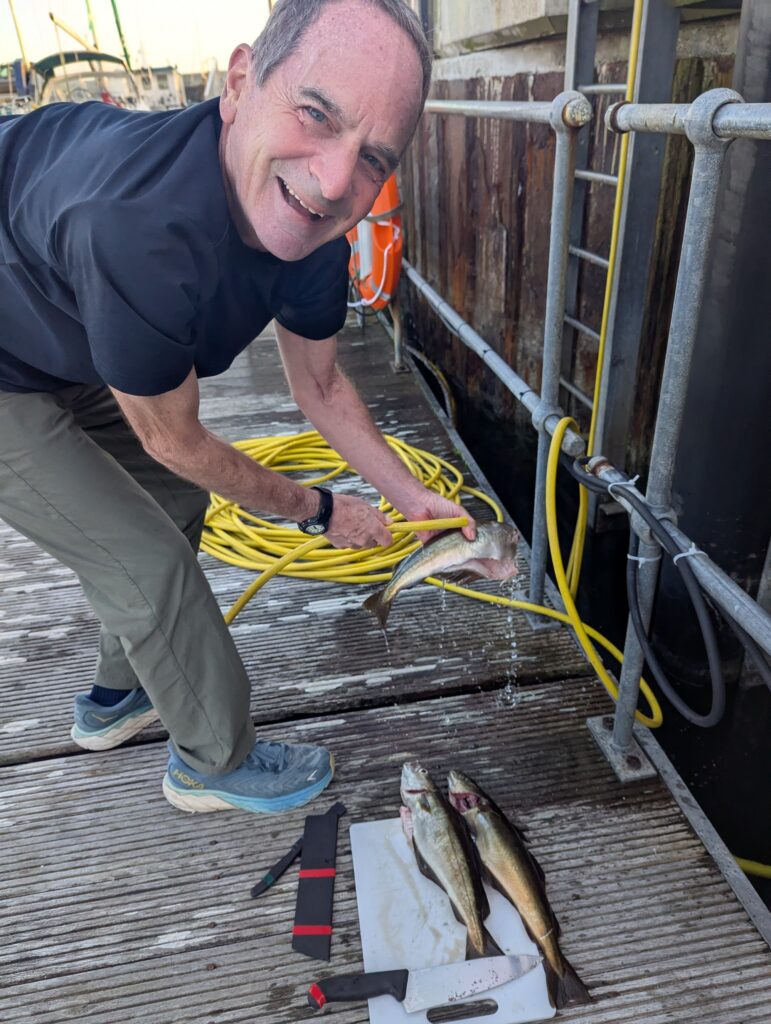
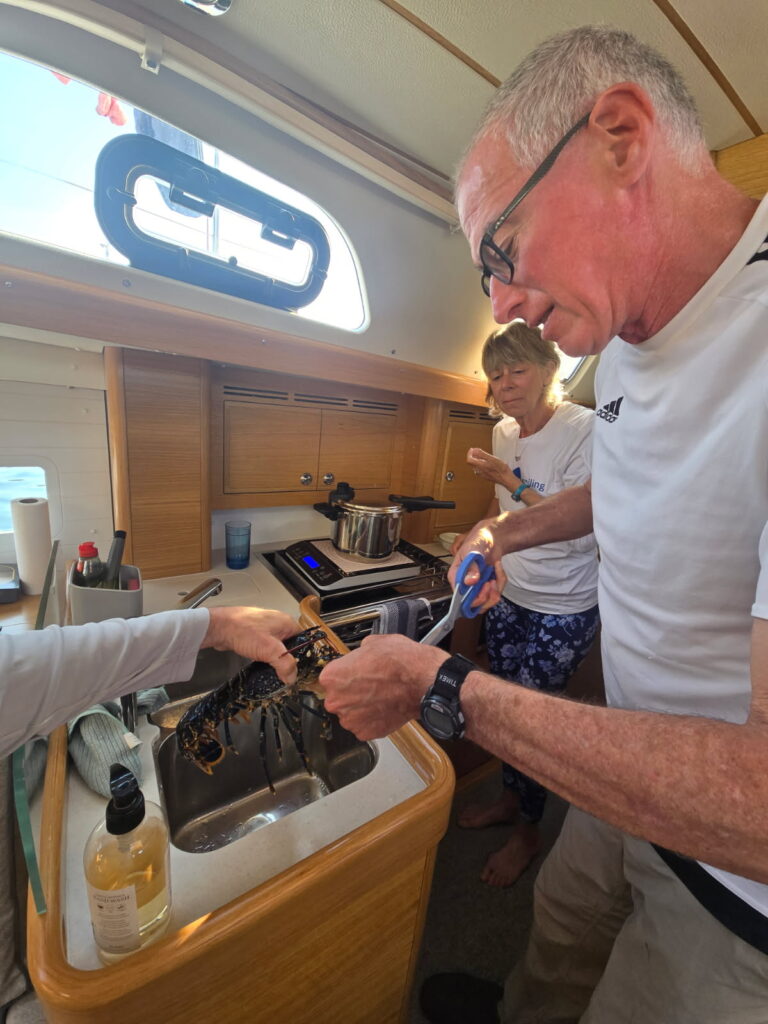
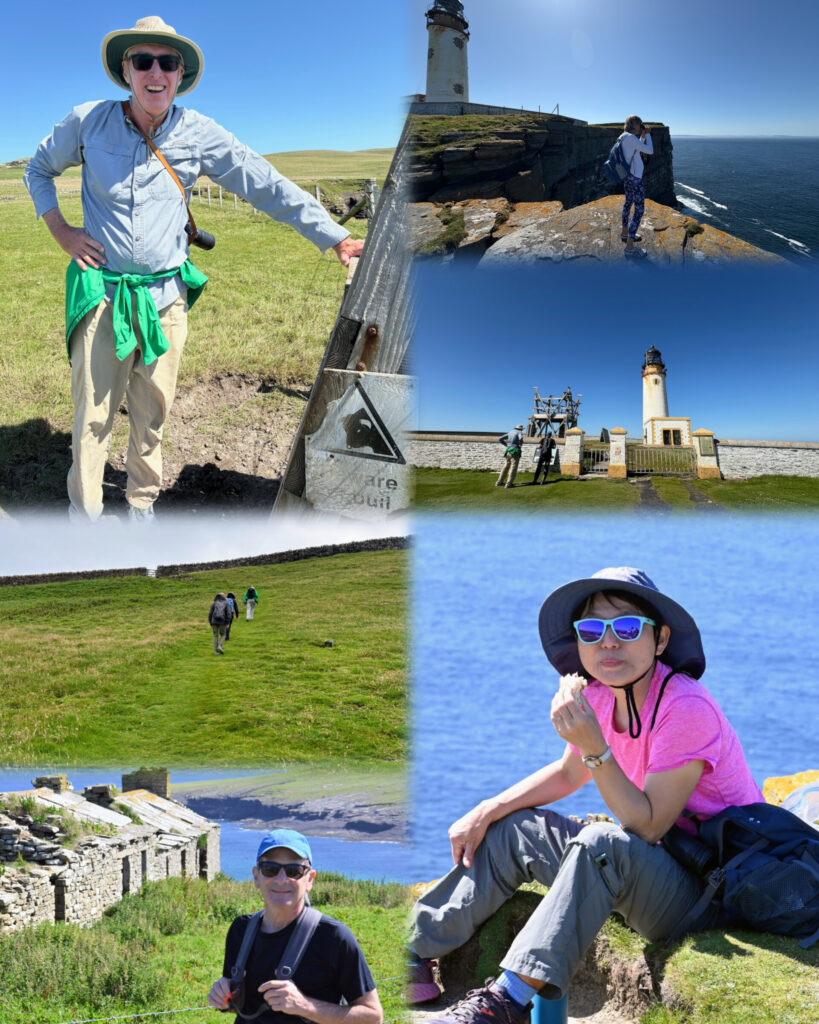
Fair Isle
We sailed about 42 miles from Westray, Orkney Islands to Fair Isle. Fair Isle is part of the Shetland Islands, but it is isolated, about 30 miles from the south of the Shetland Islands, and 30 miles from the north of the Orkney Islands. We were stunned by the beautiful landscapes, enjoyed wonderful hospitality from the Fair Isle Bird Observatory staff, and enjoyed many hikes and walks, especially those with puffins!
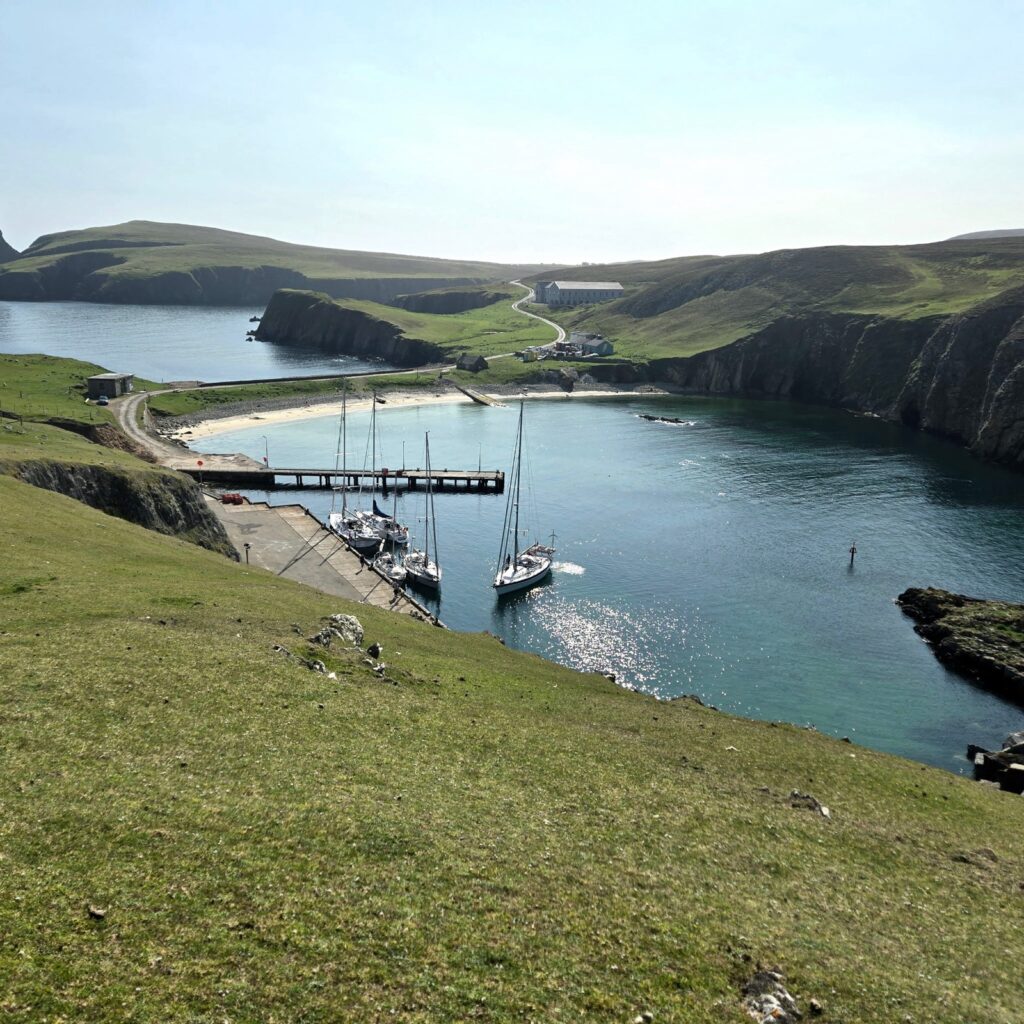
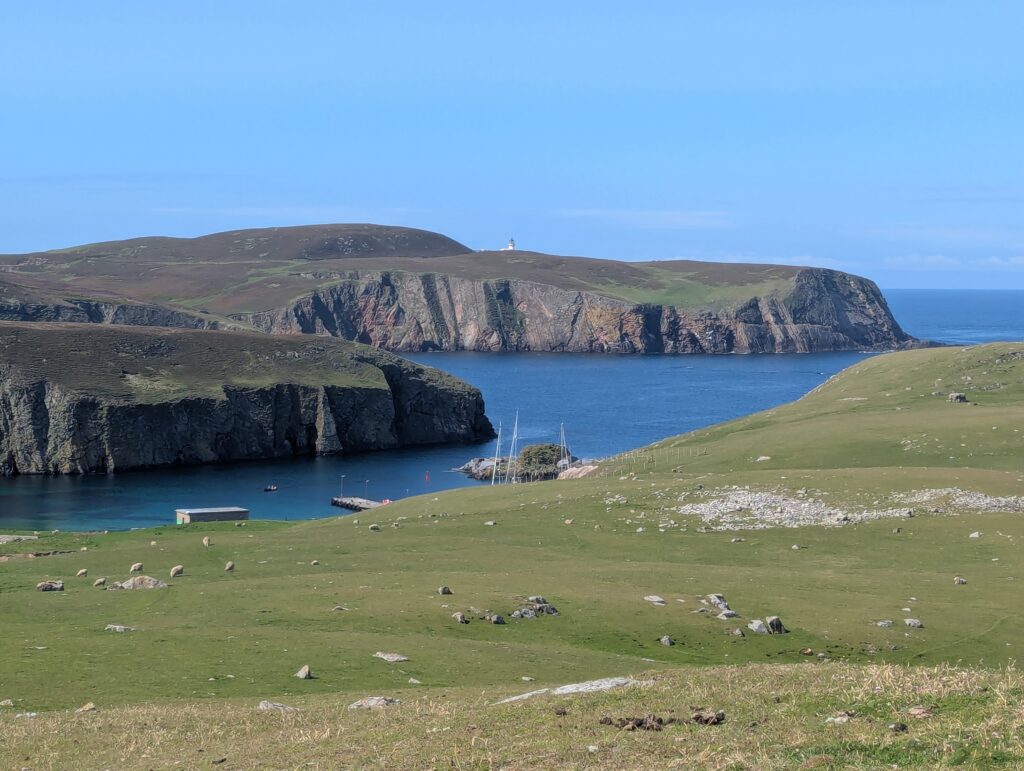
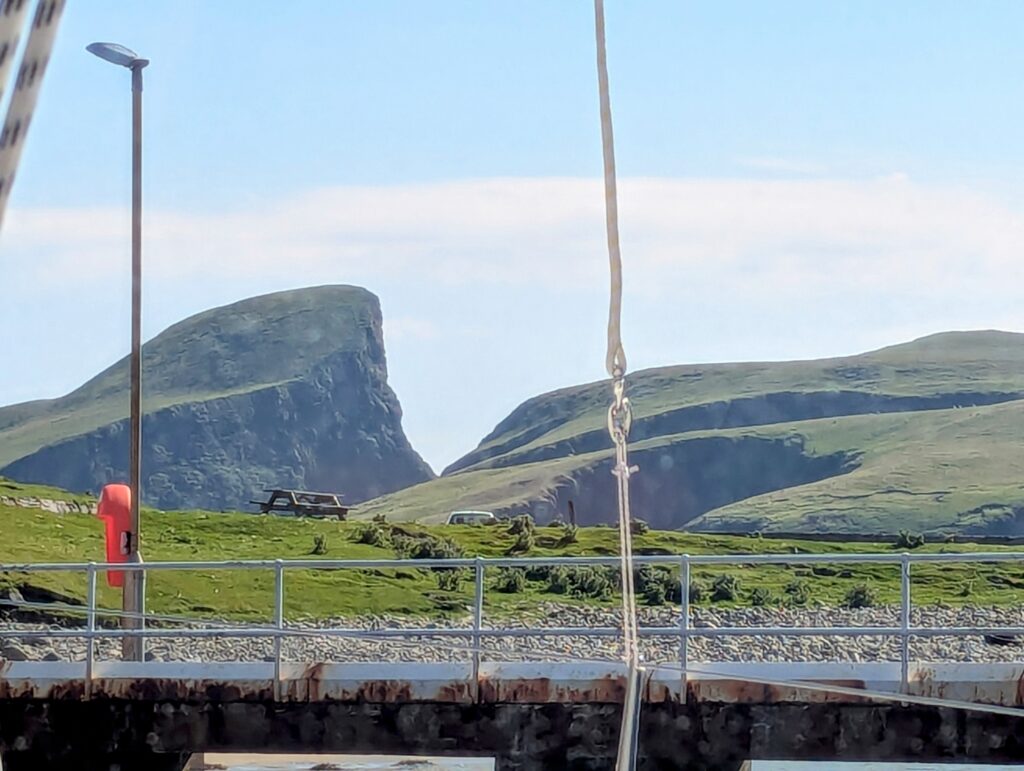
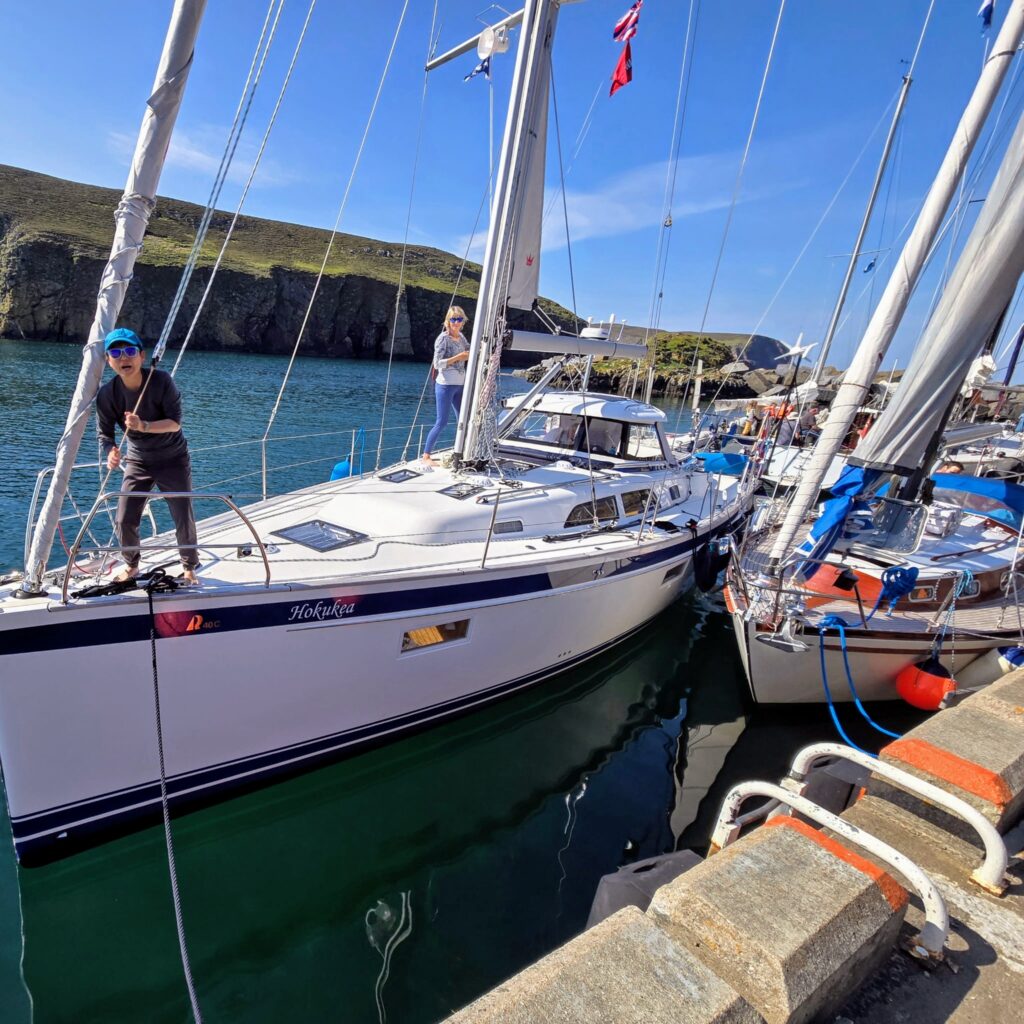
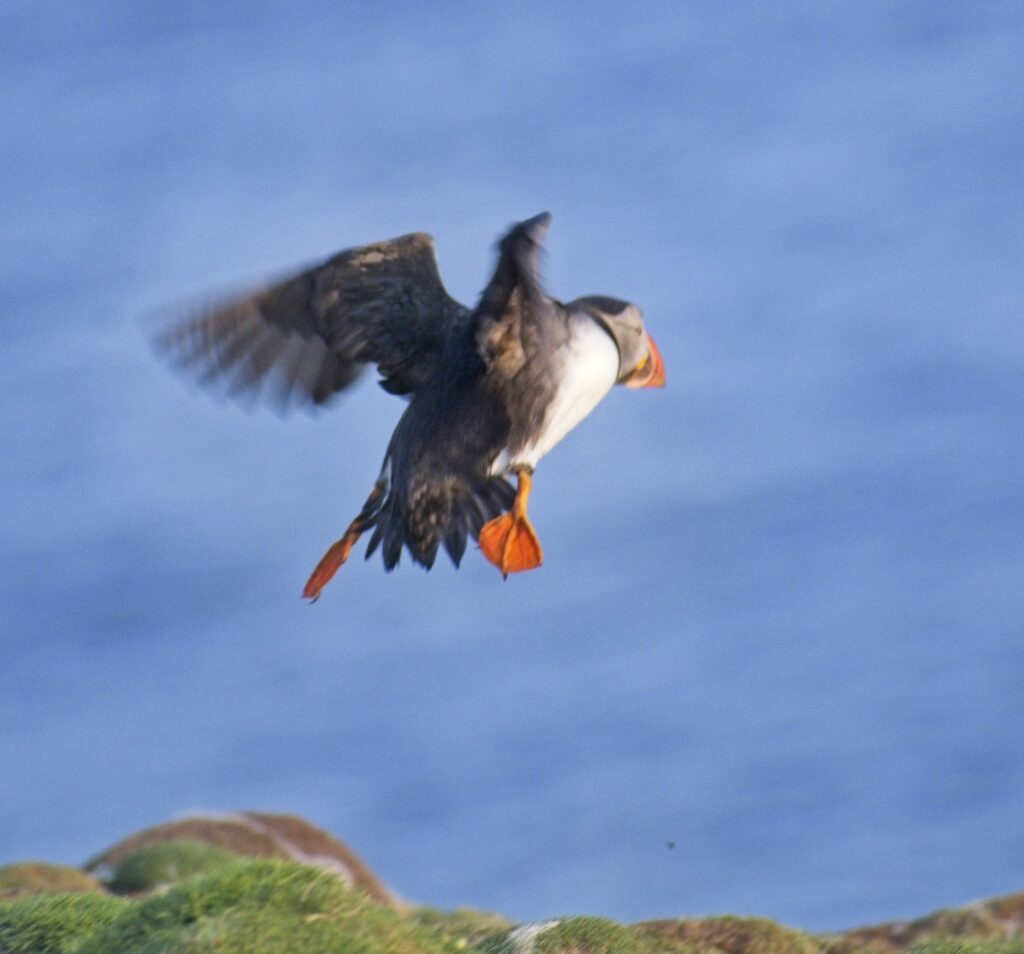
The puffins didn’t seem to mind that we sat nearby and observed.
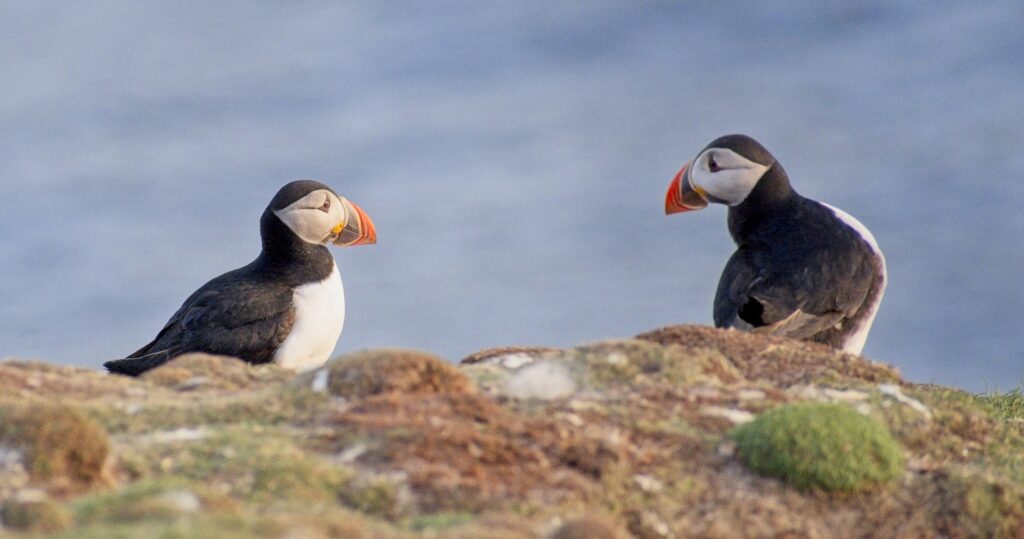
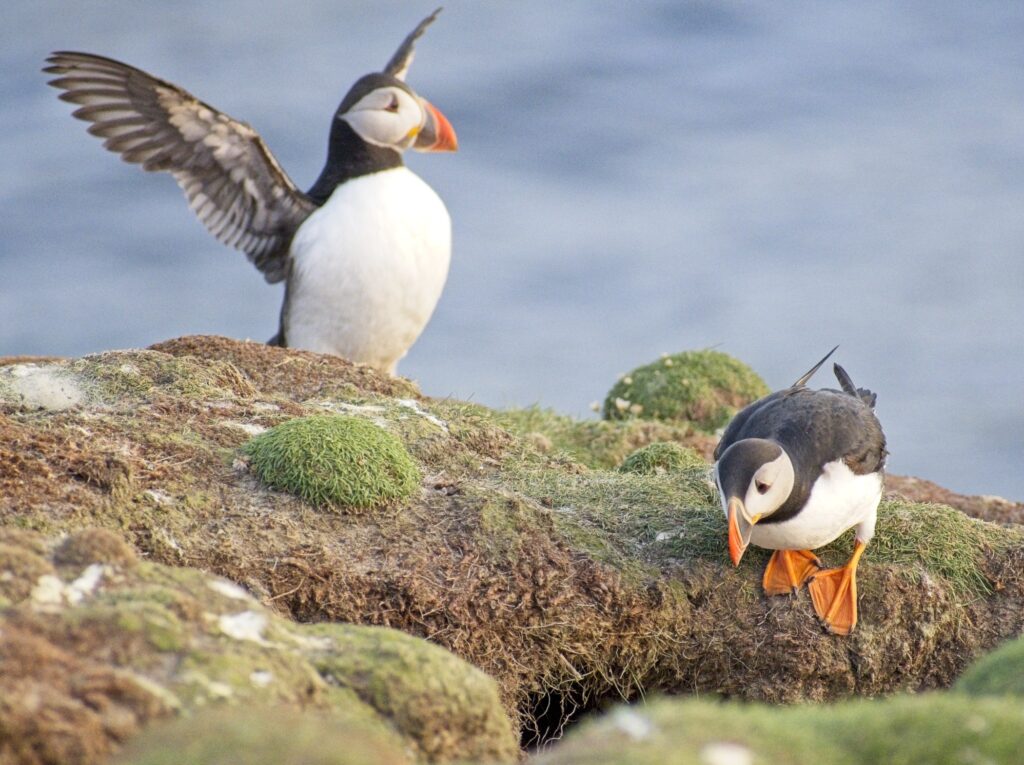
The puffins nest and hatch their pufflings between April and August in the northern parts of Scotland, especially on Fair Isle and in the Shetland Islands. We observed the puffins on multiple occasions and in several locations while in northern UK.

Shetland Islands: Lerwick
Lerwick, the capital of the Shetland Islands, is our northernmost stop in the UK and our launching spot for Norway. We thought we’d be here a few days to provision, get fuel and water, and do a little sight seeing (many neolithic ruins to see) before crossing the North Sea to Bergan, but Zephyr, the weather god, had other ideas. We had beautiful weather for exploring the area (“warm” and blue skies, occasional fog), but lousy weather for crossing the north sea (wind from the east and our route is to the east; little to no wind), so we ended up staying about one week.
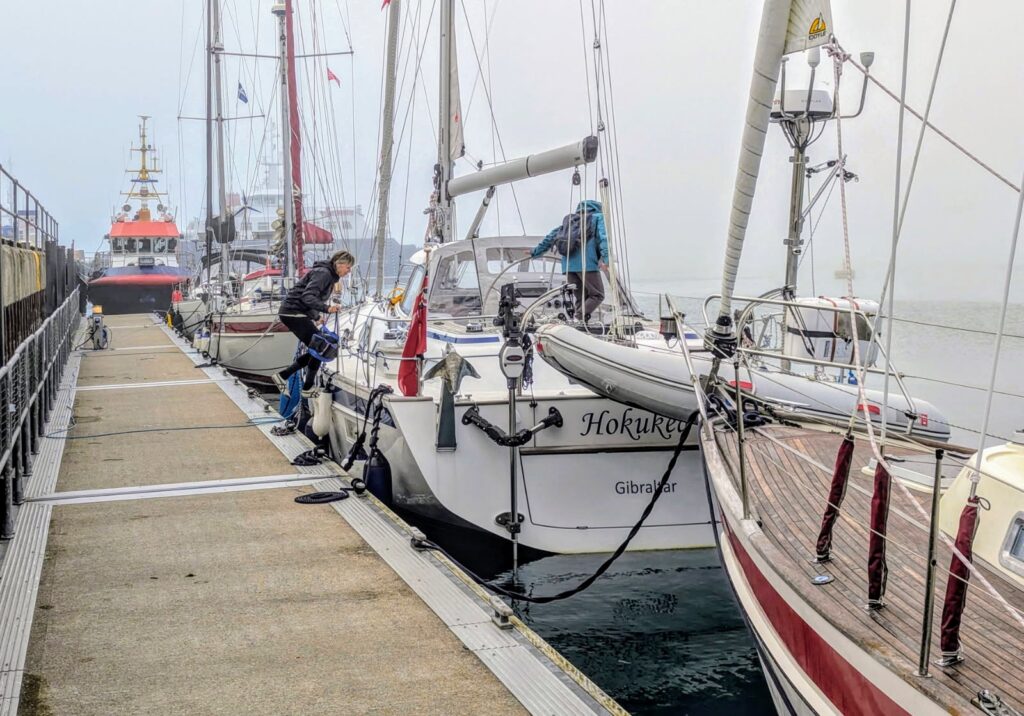
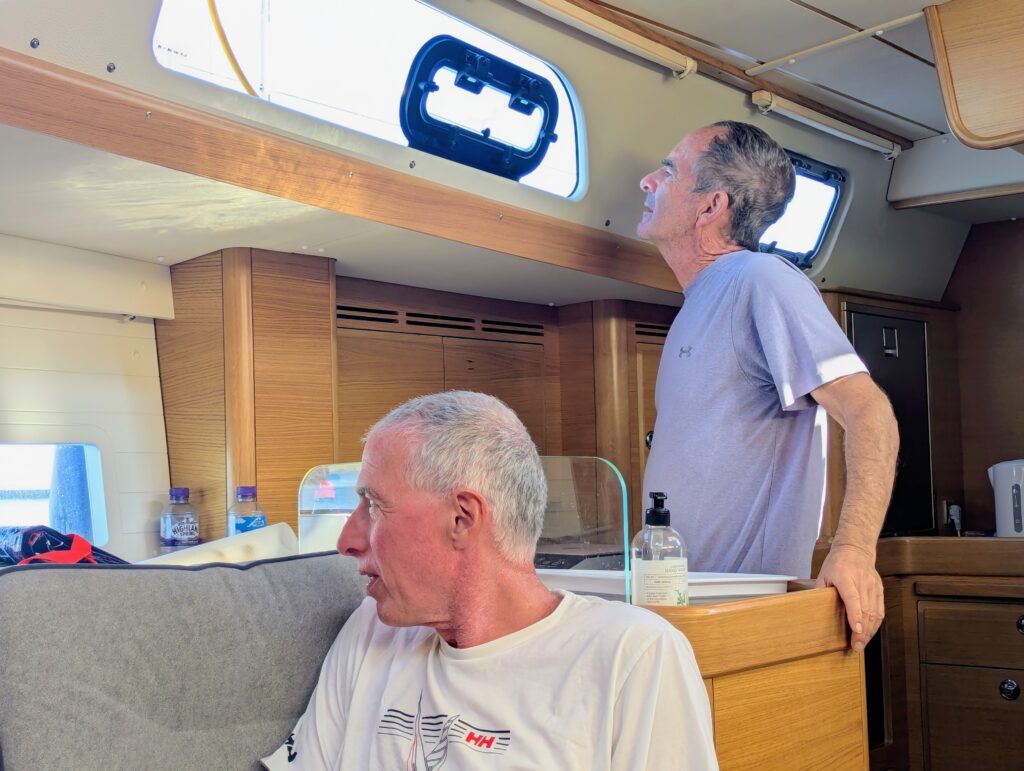
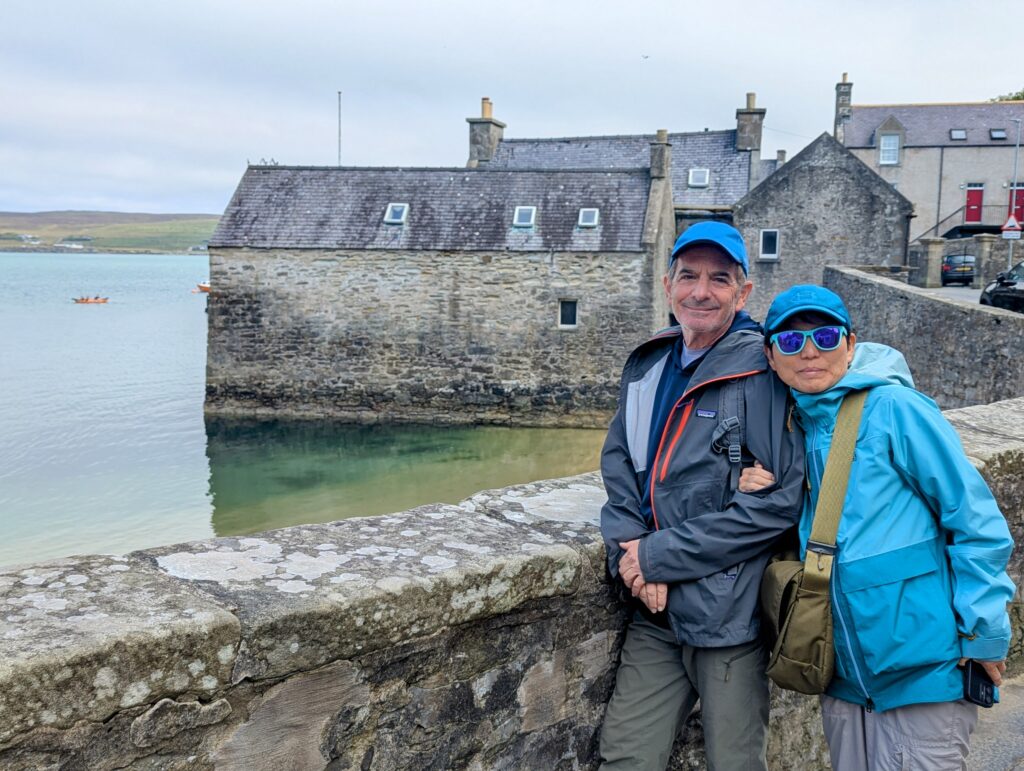
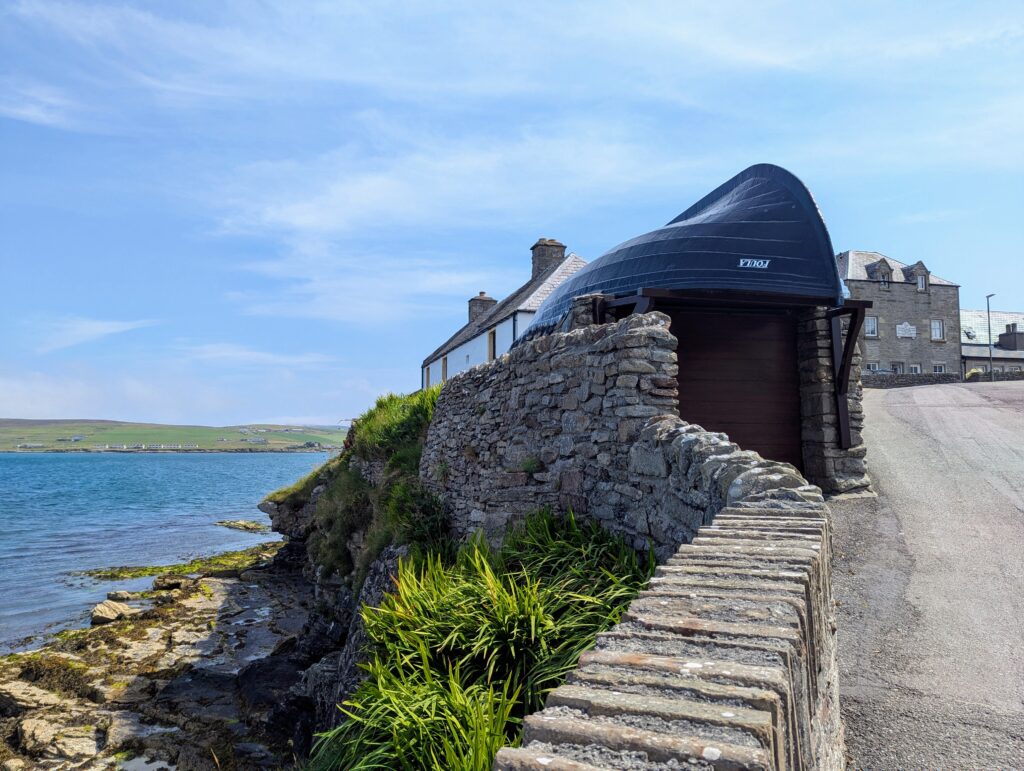
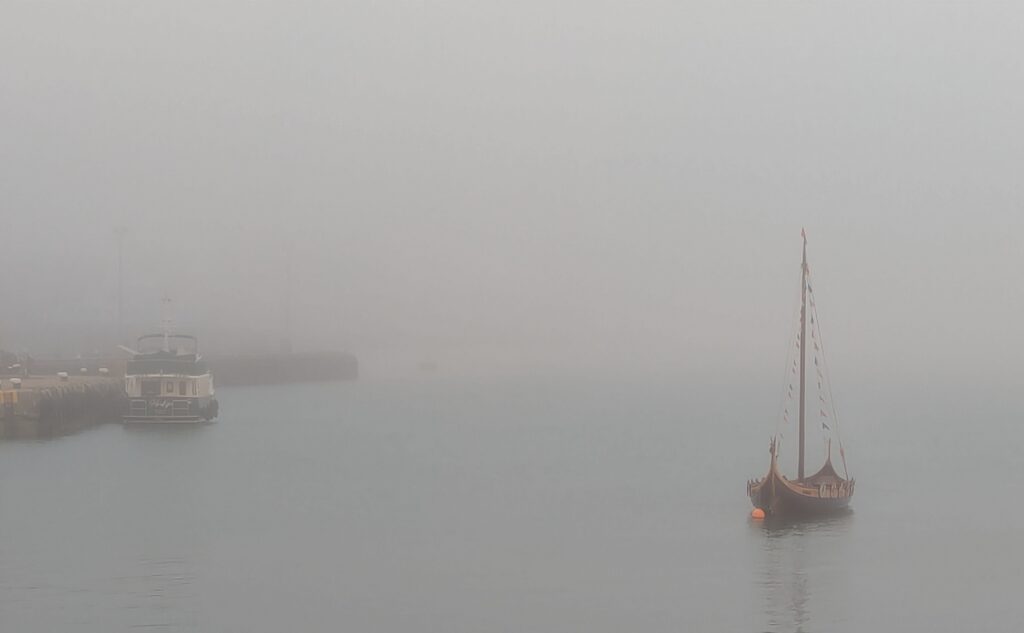

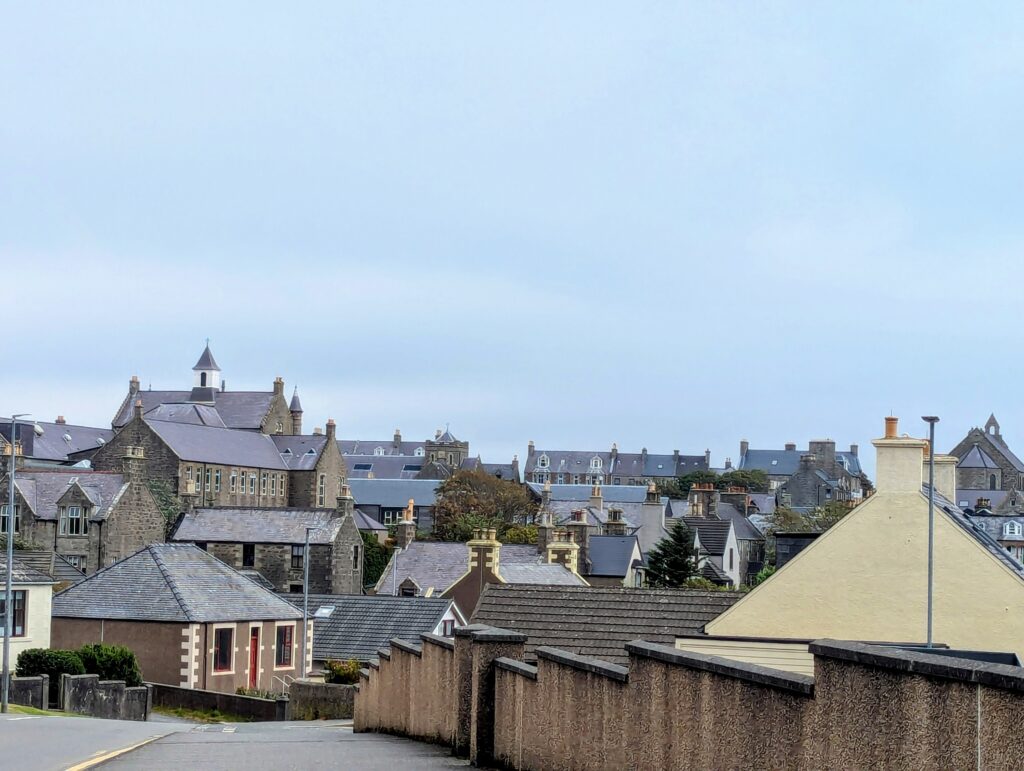
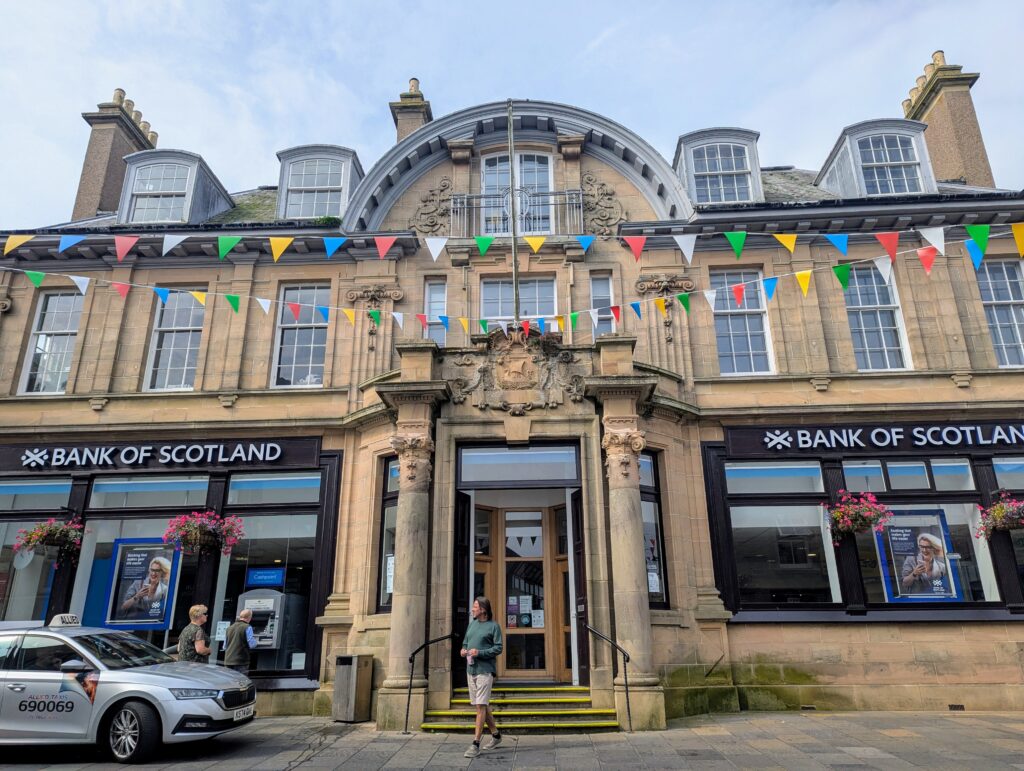
And with our crew who loves to explore, we took bus rides and walks to see lighthouses and ancient ruins on Mainland, Shetland.
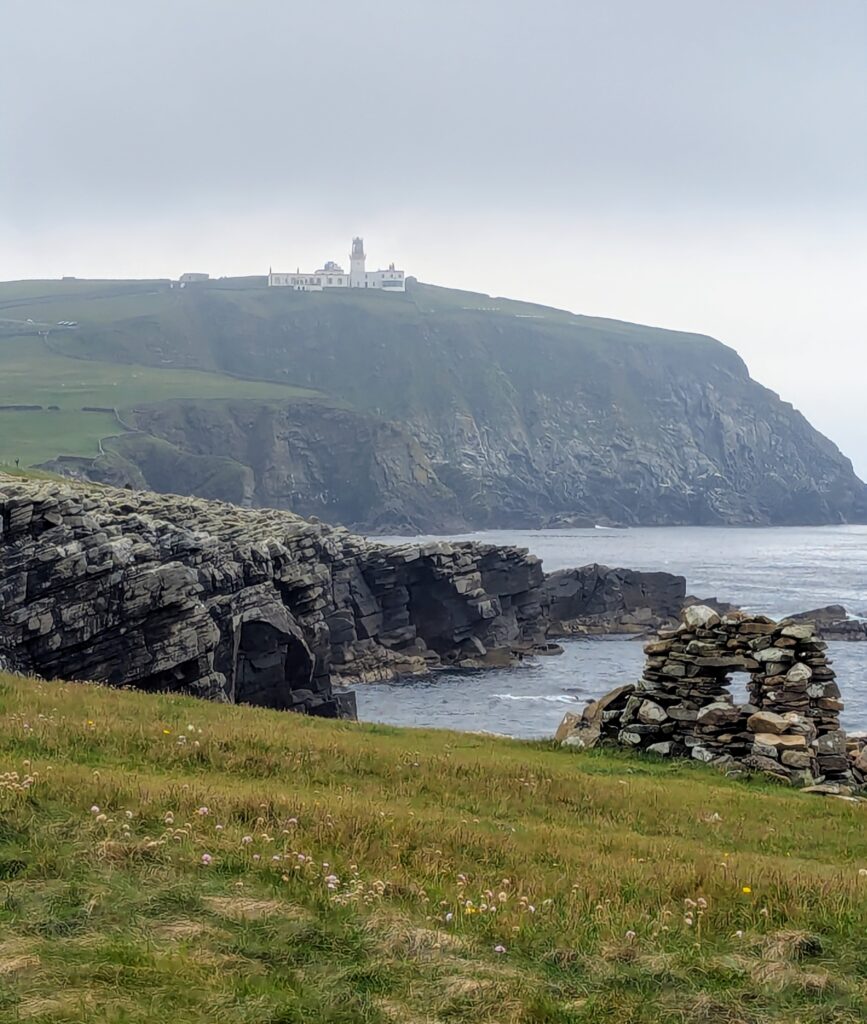
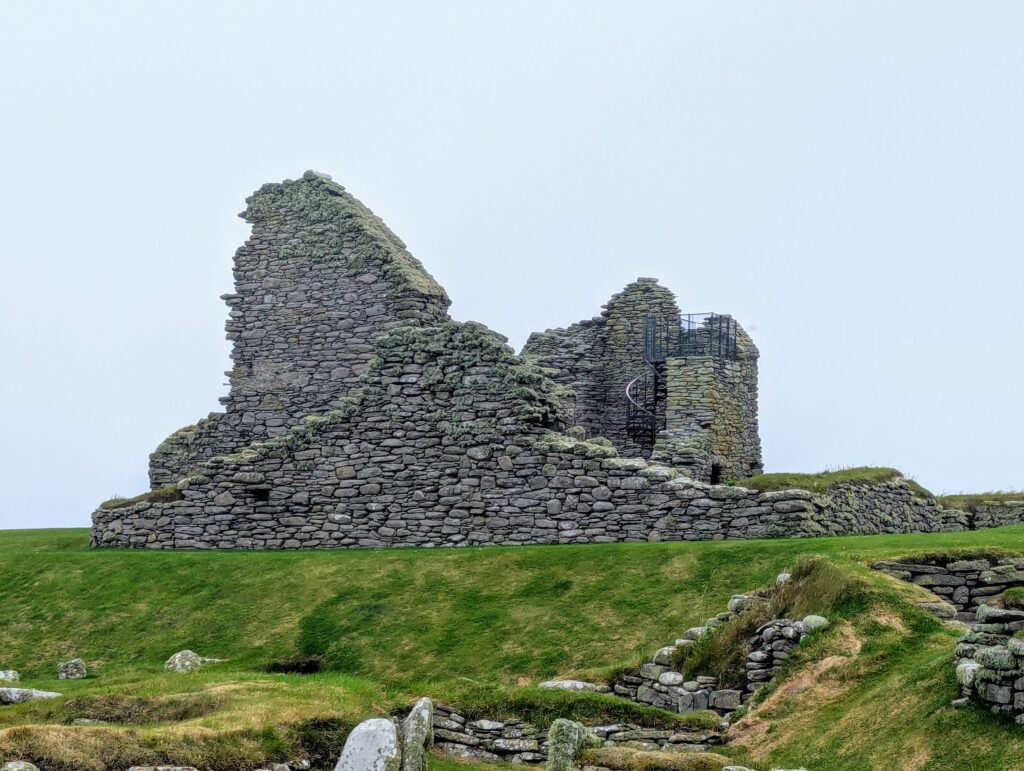
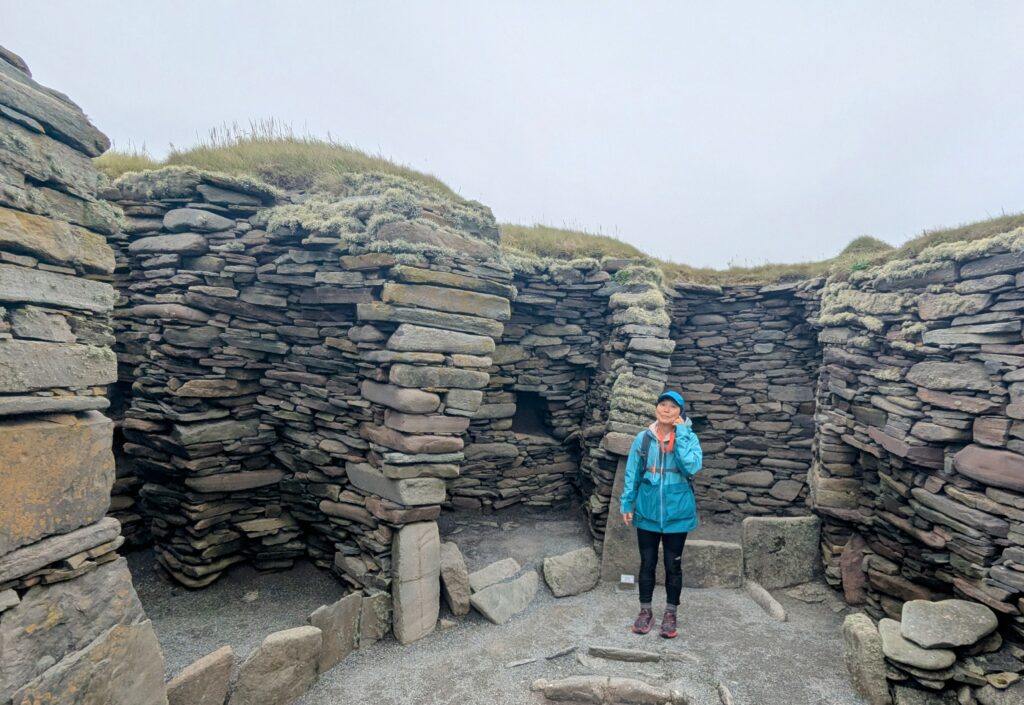
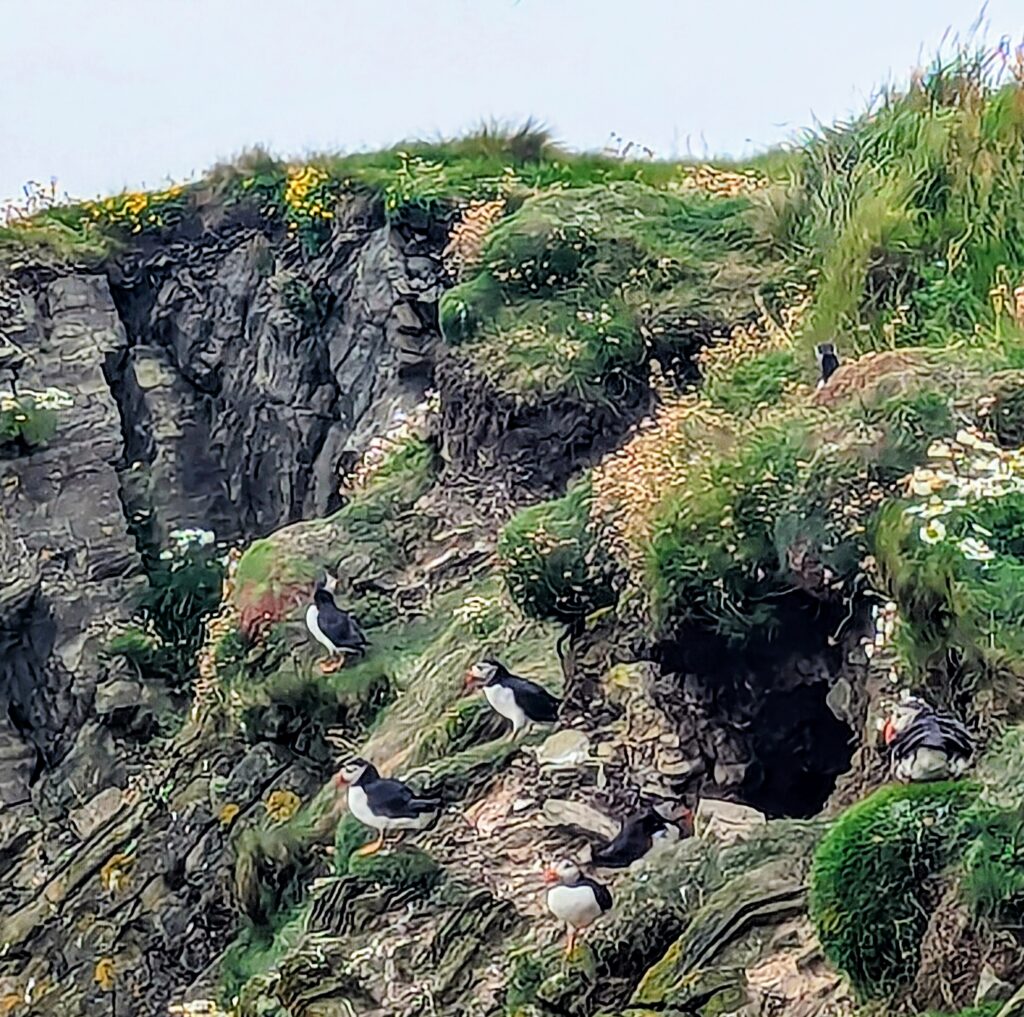
Love the puffins! Thanks for the wonderful photos and narrative of your adventures! So many amazing places and sites!!